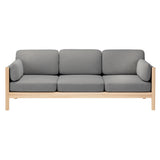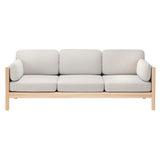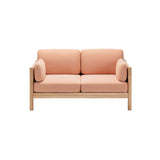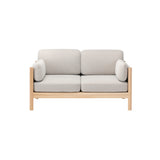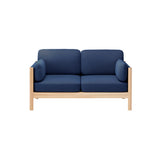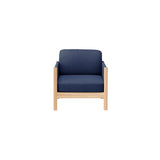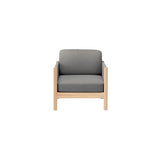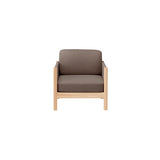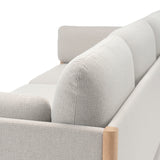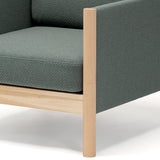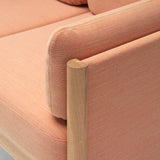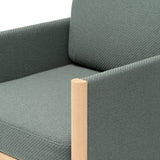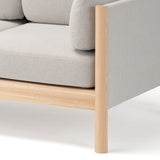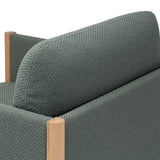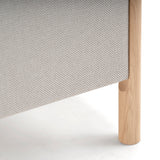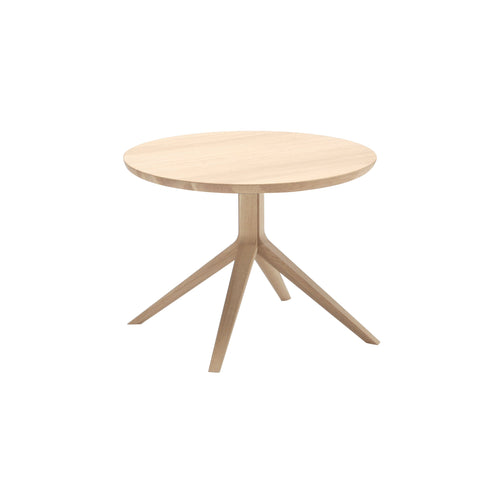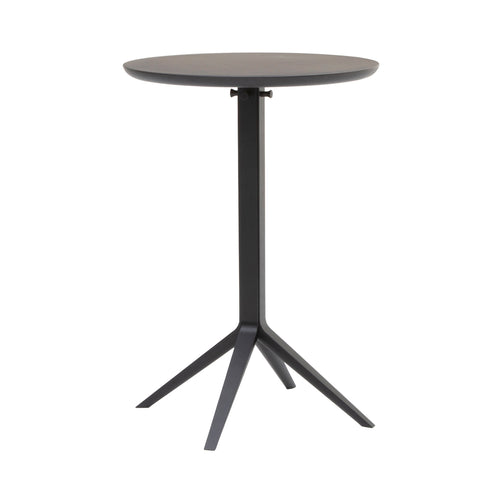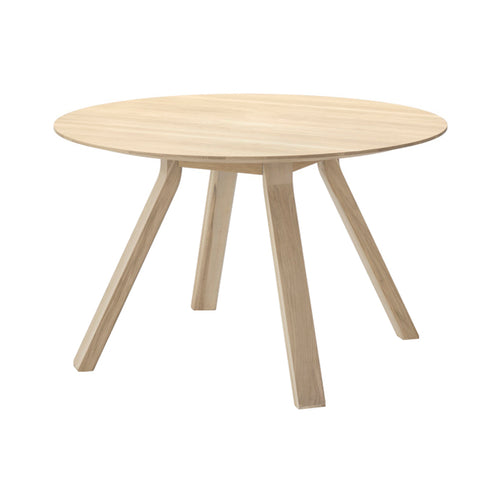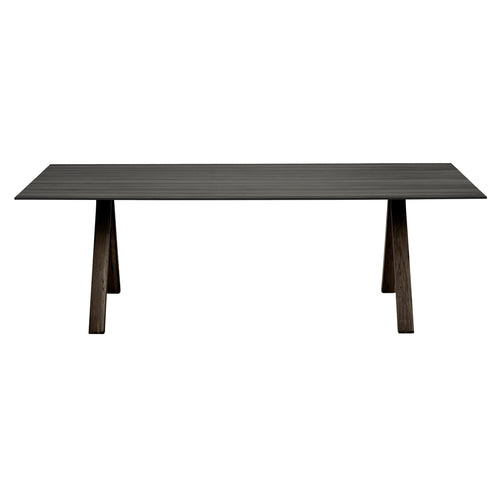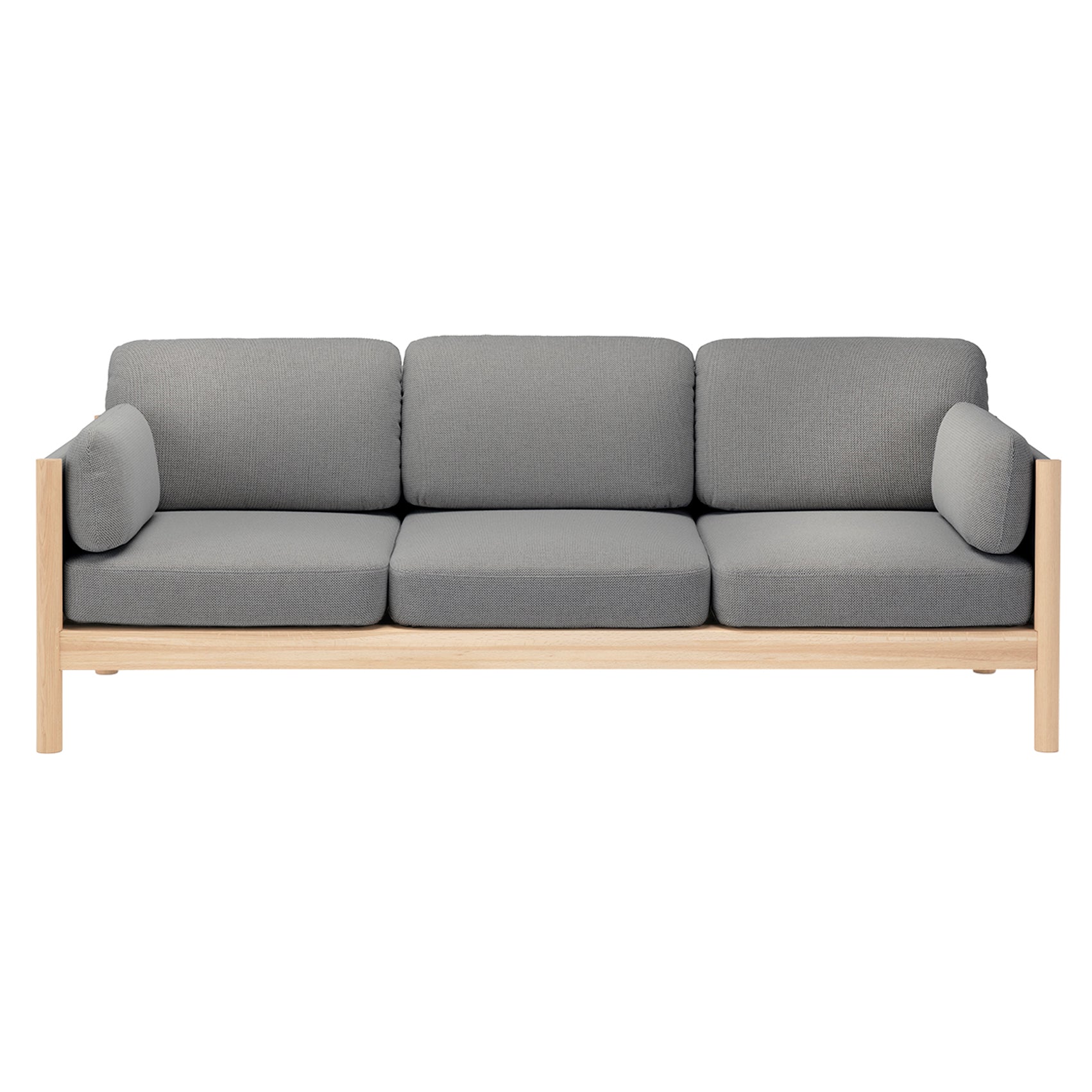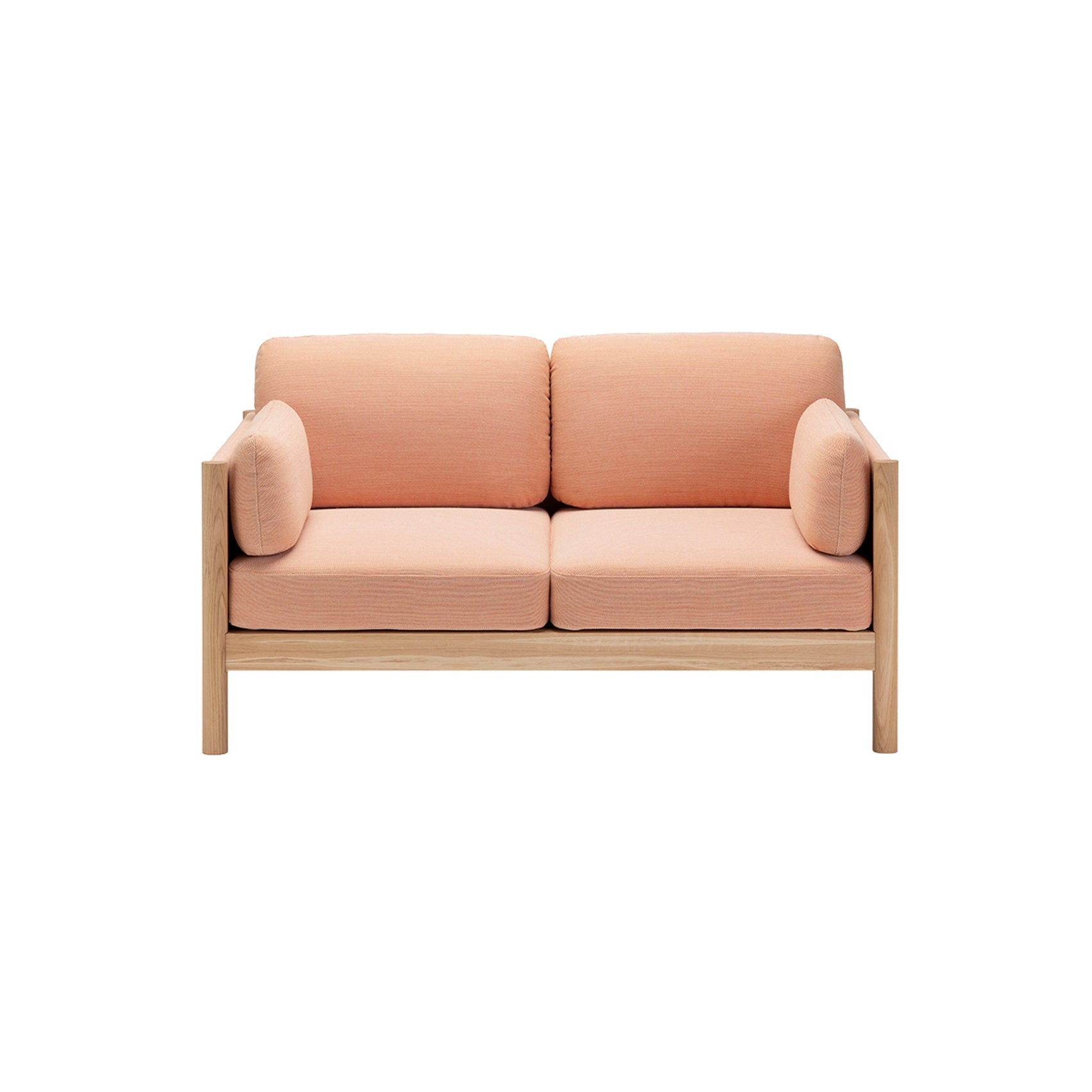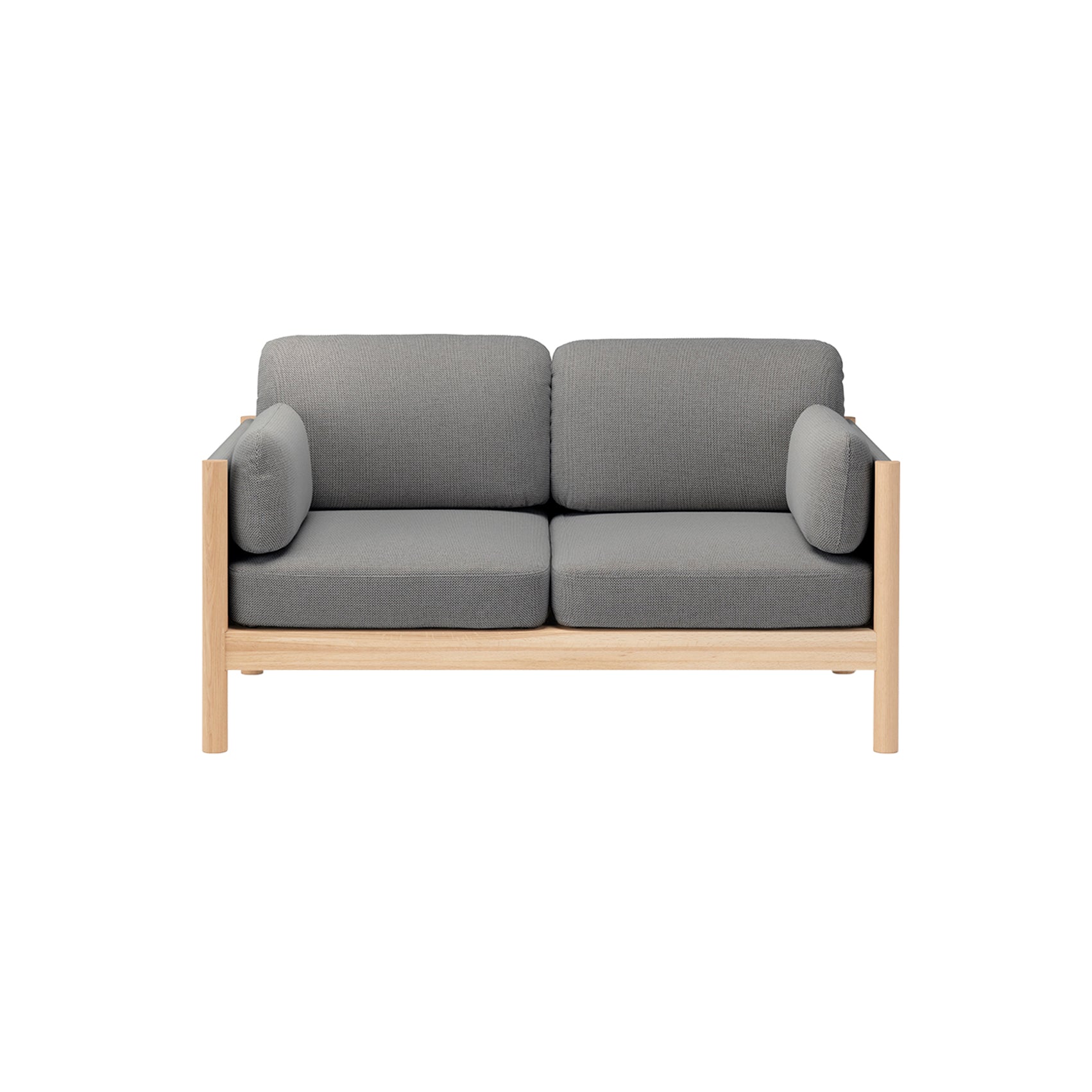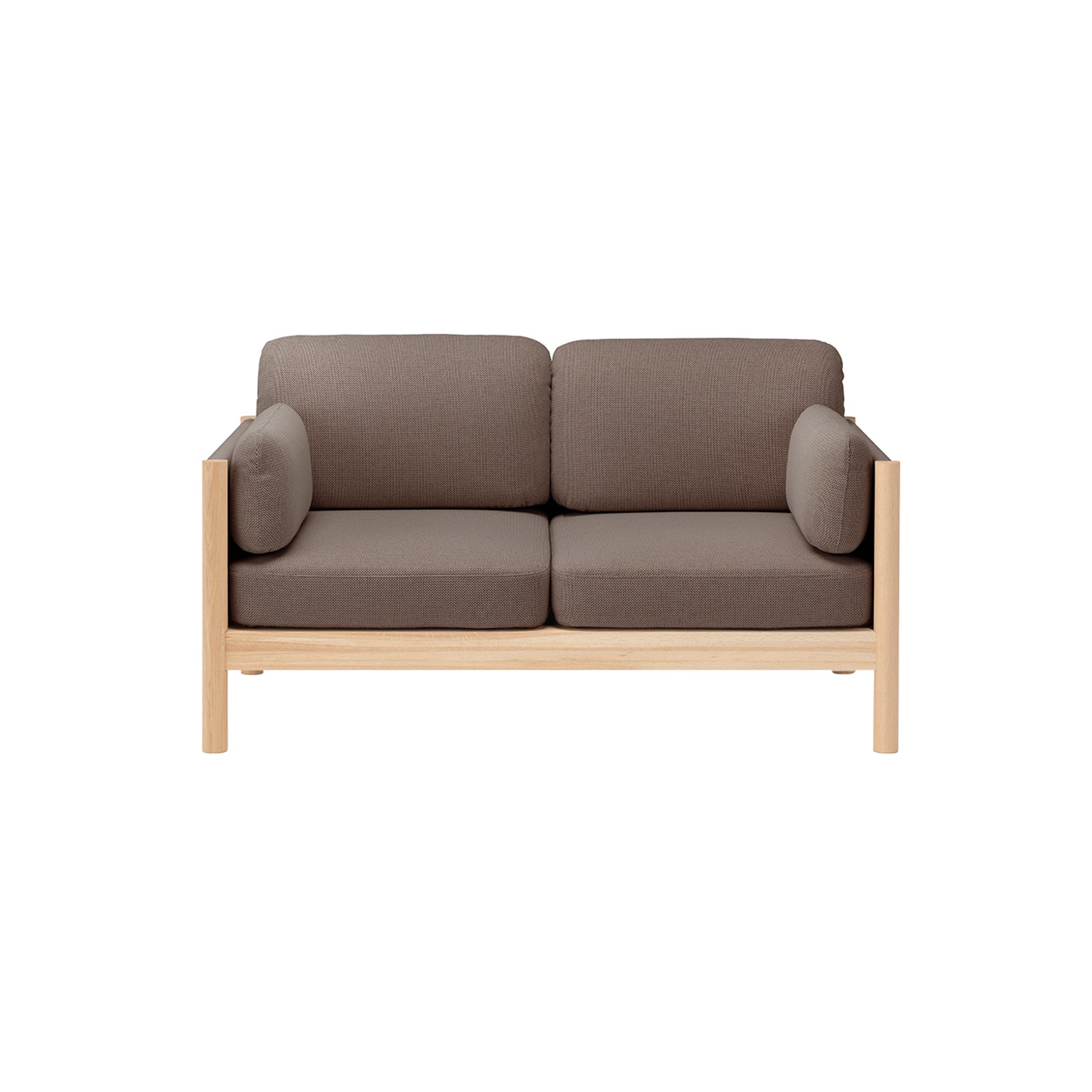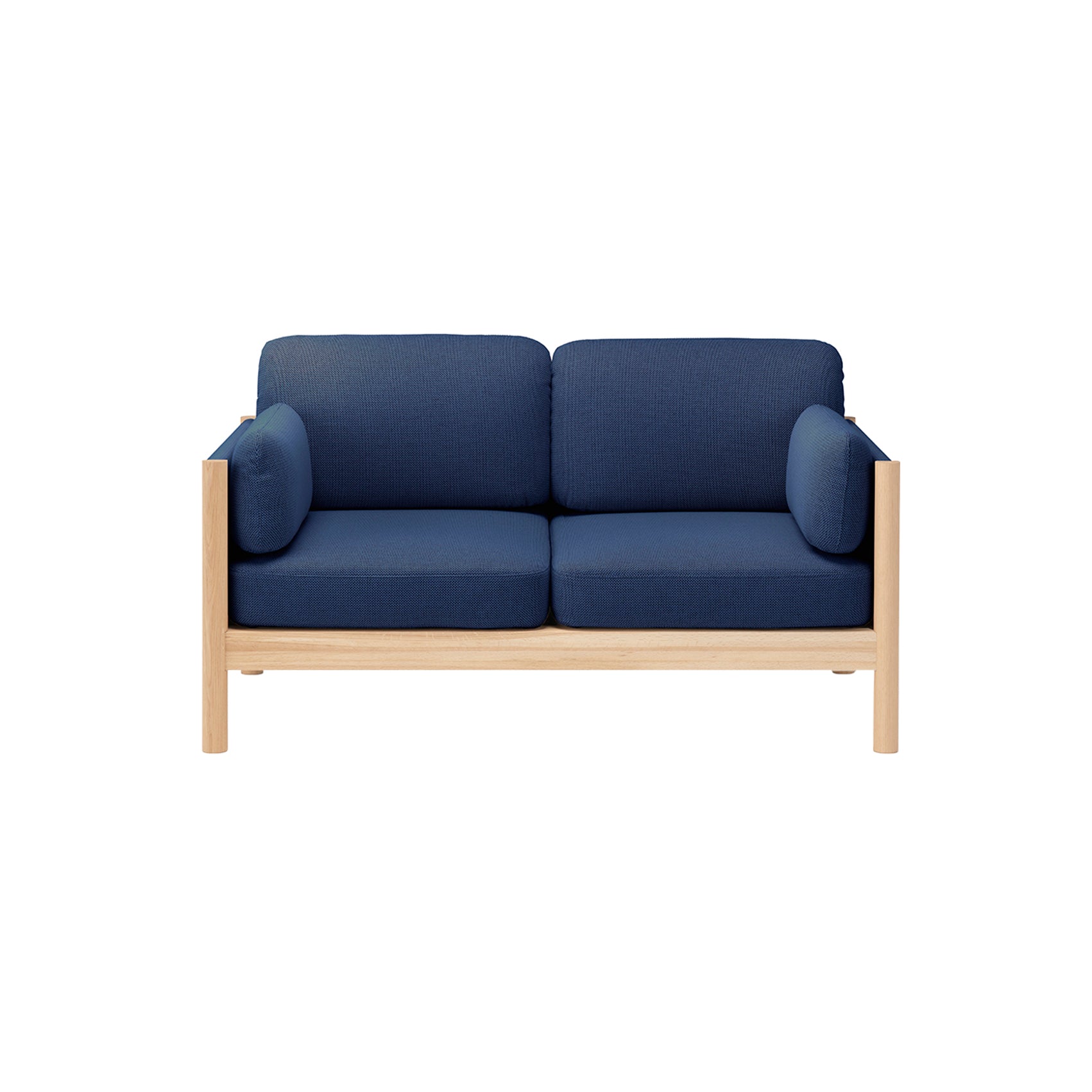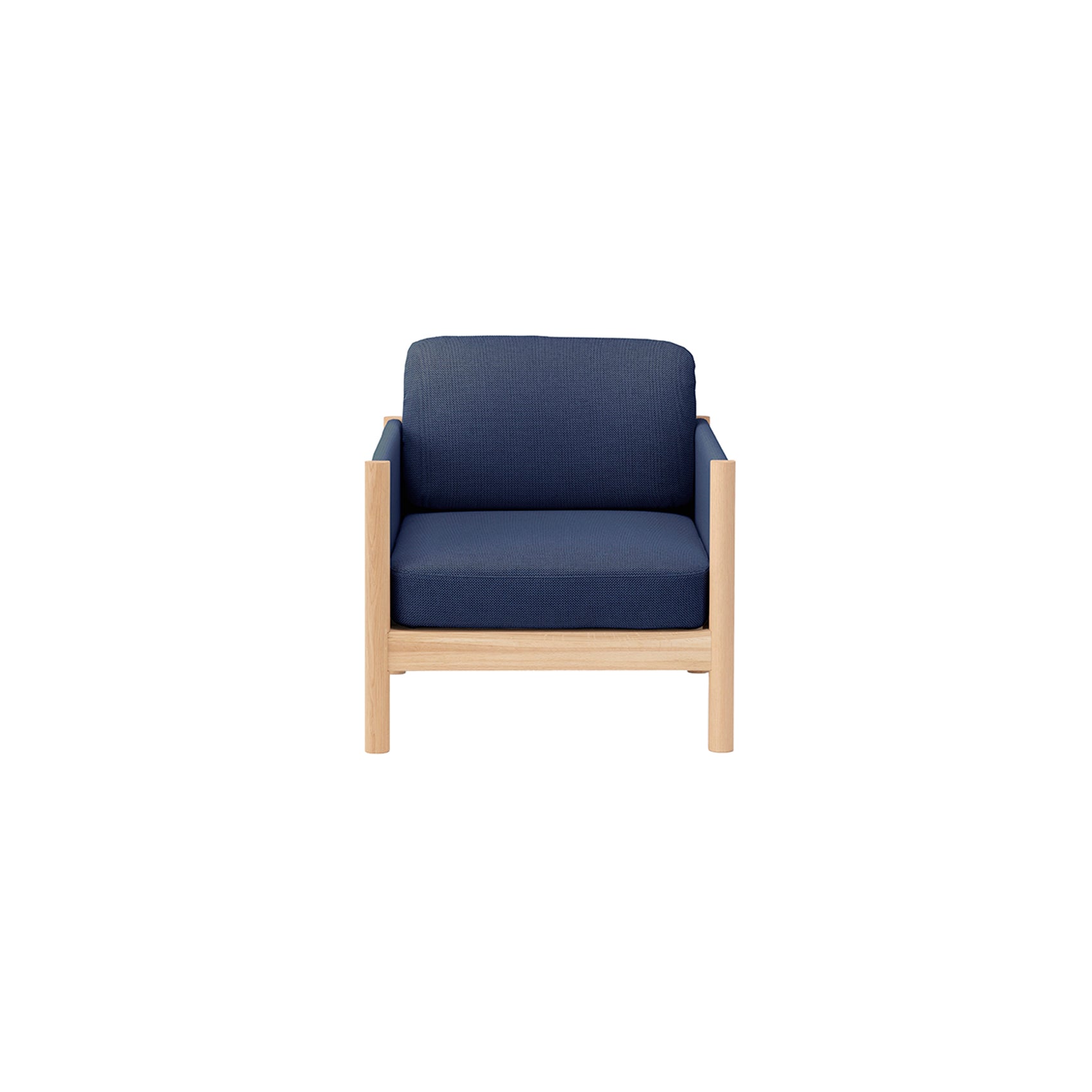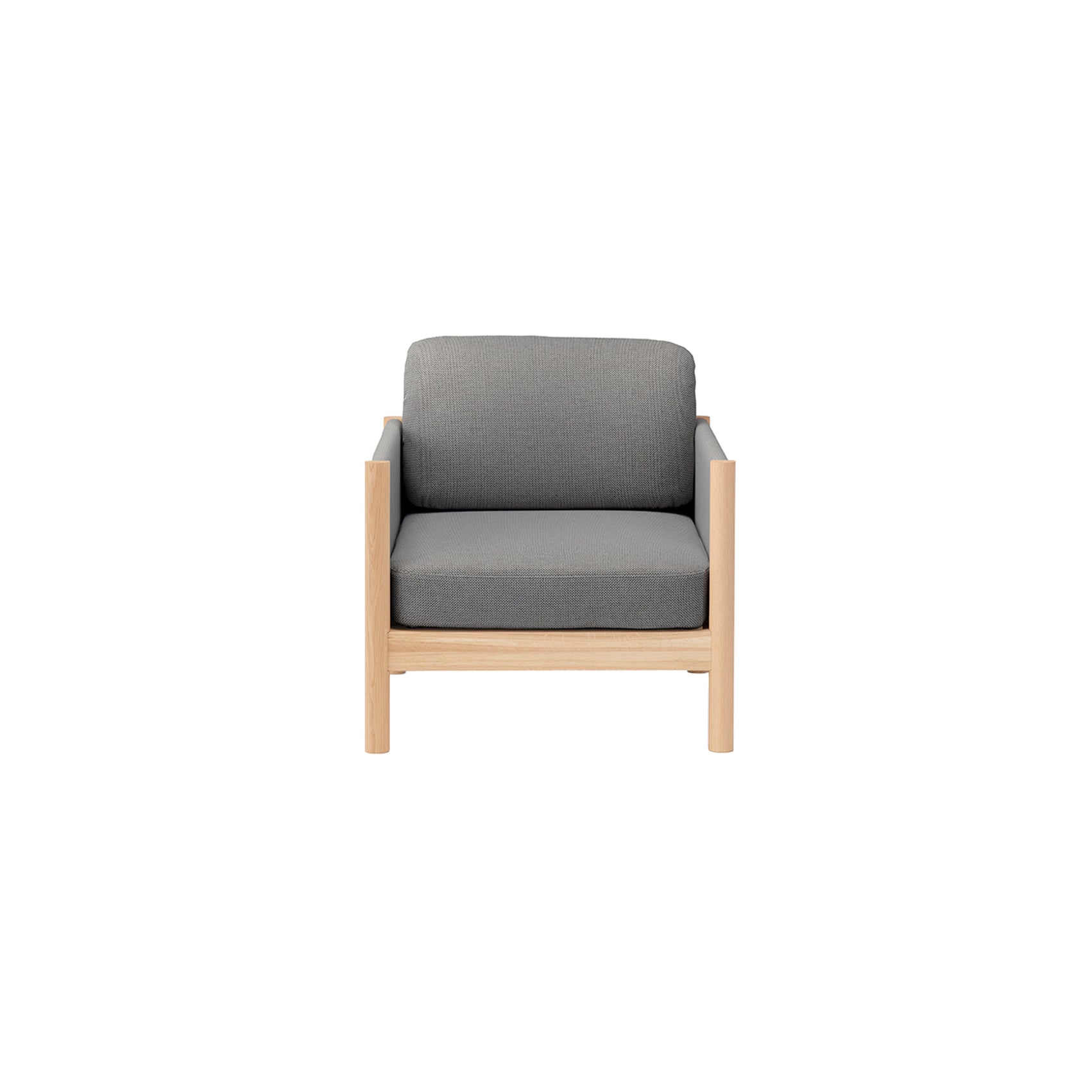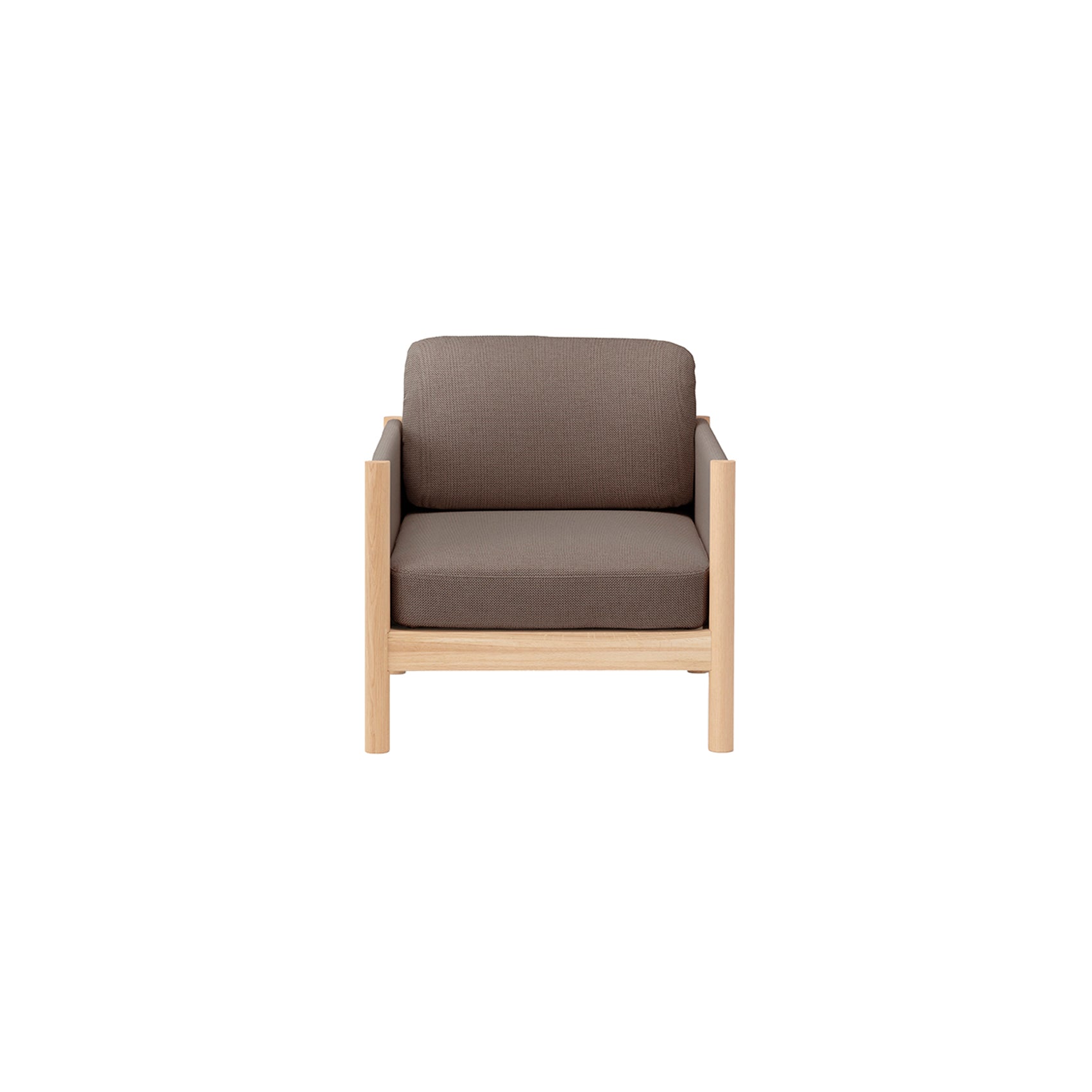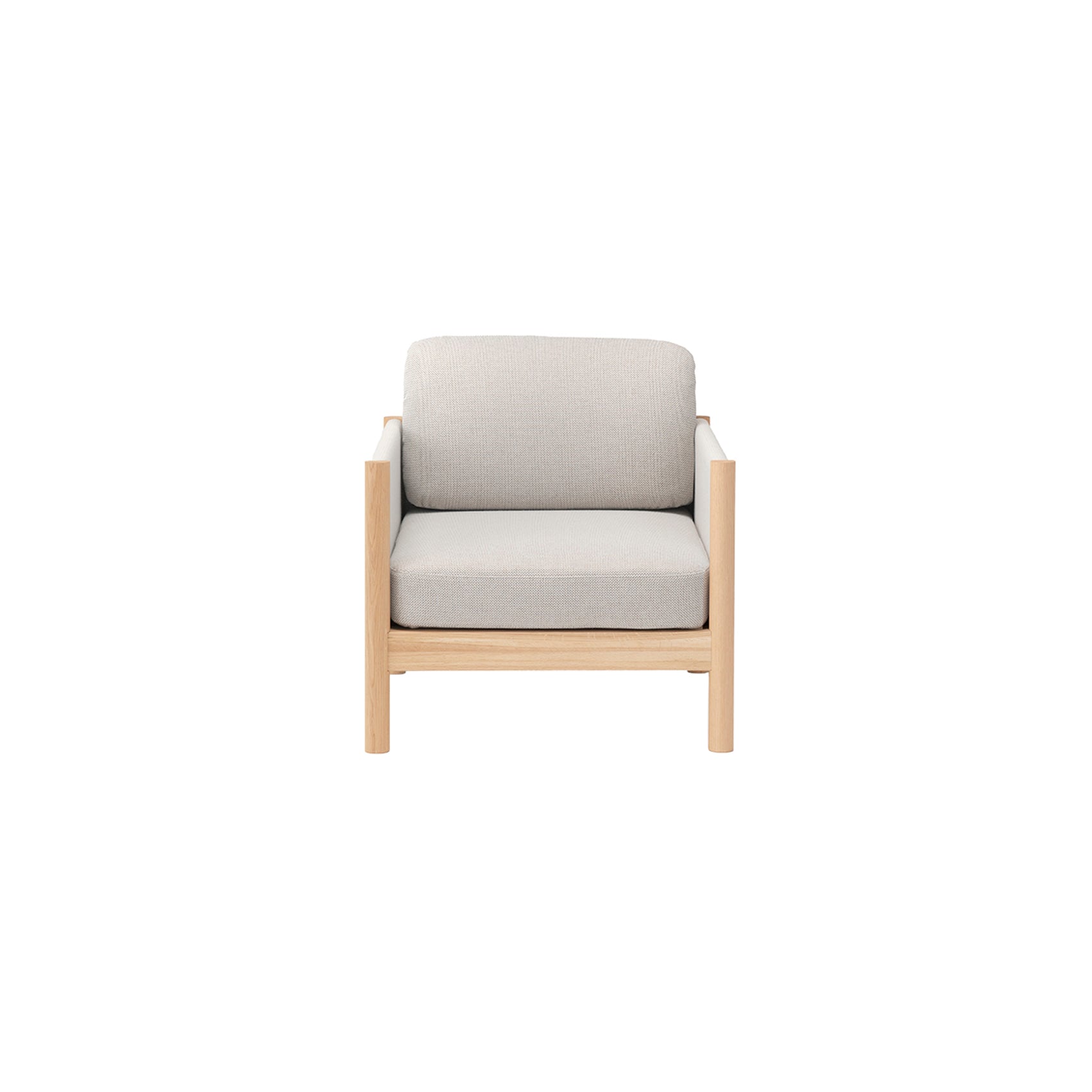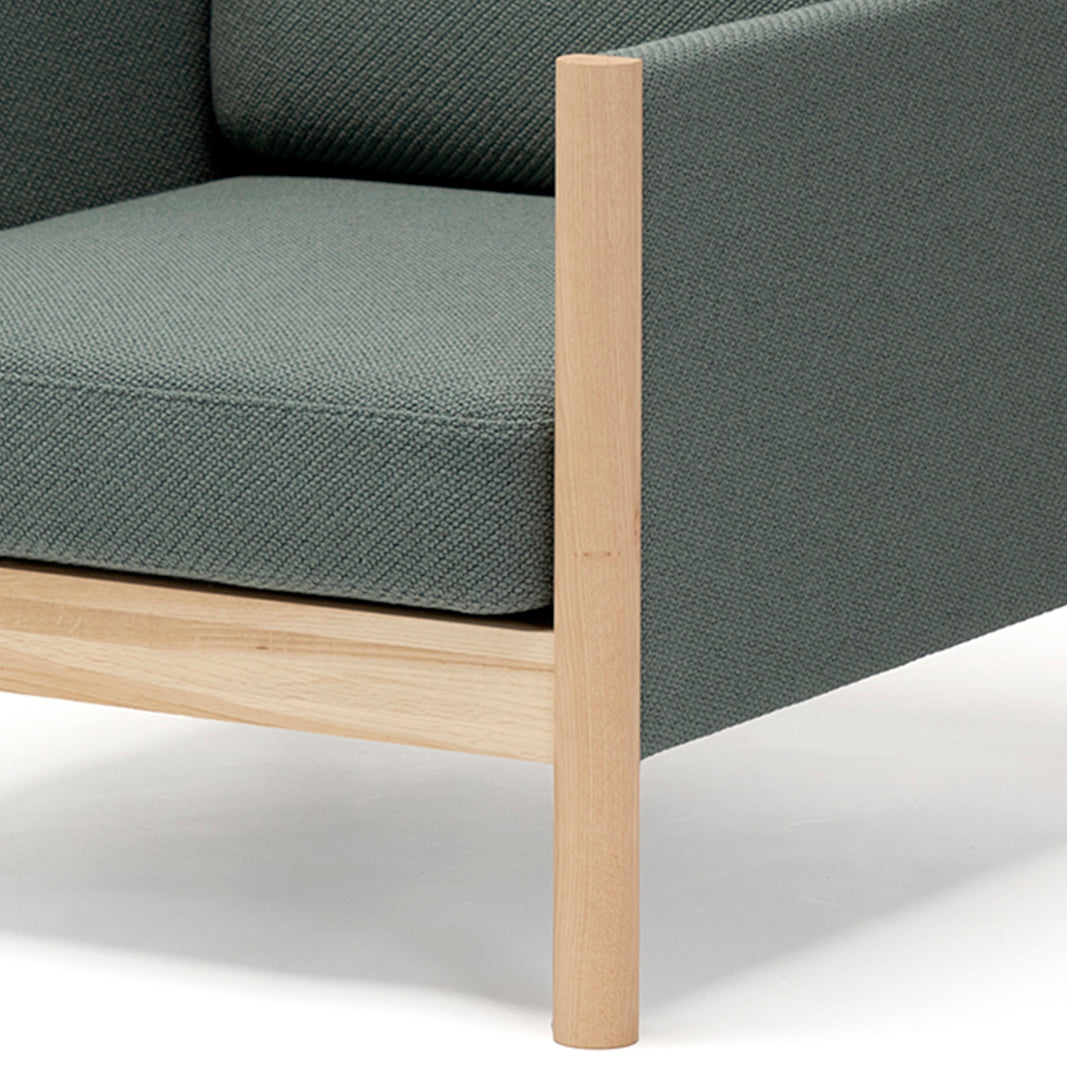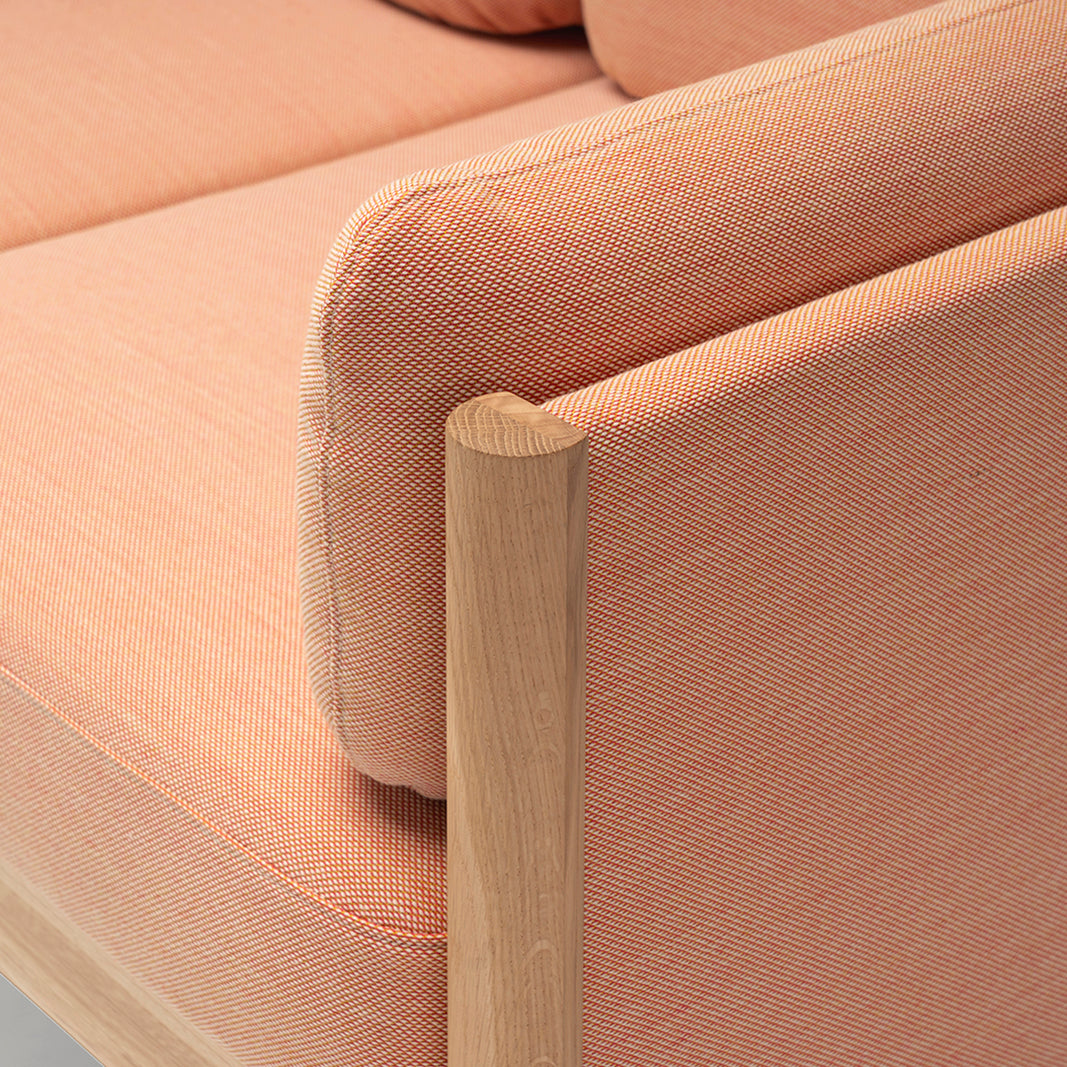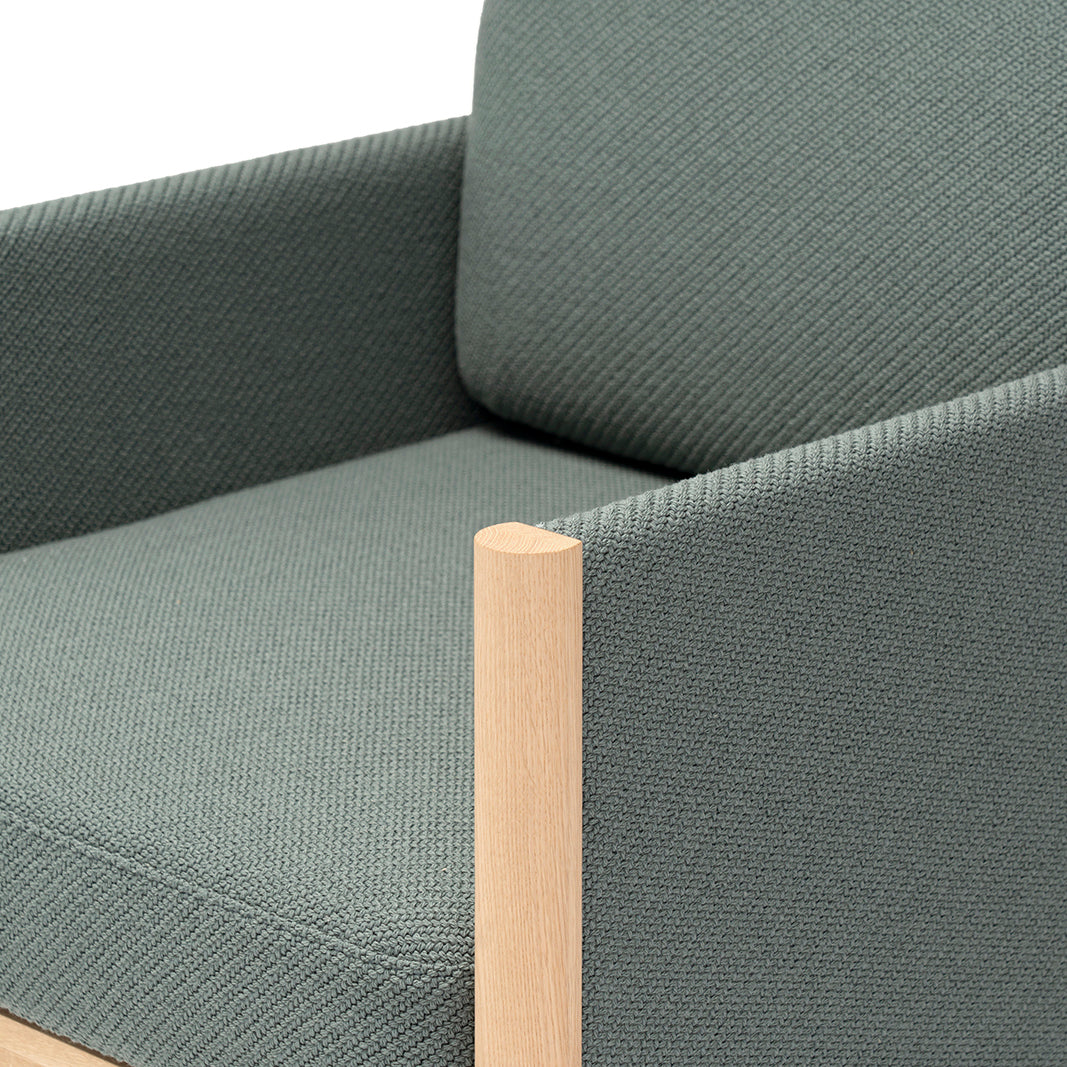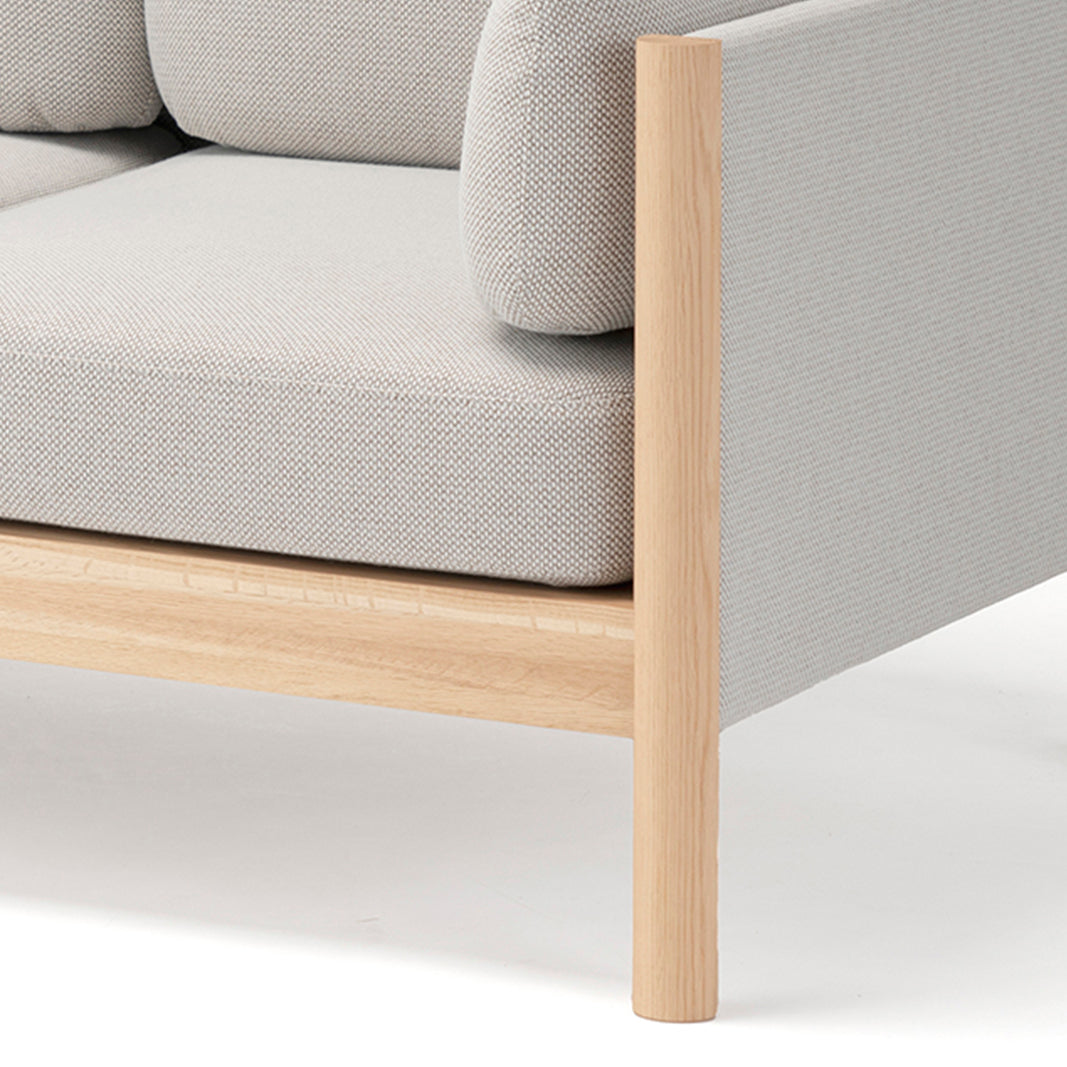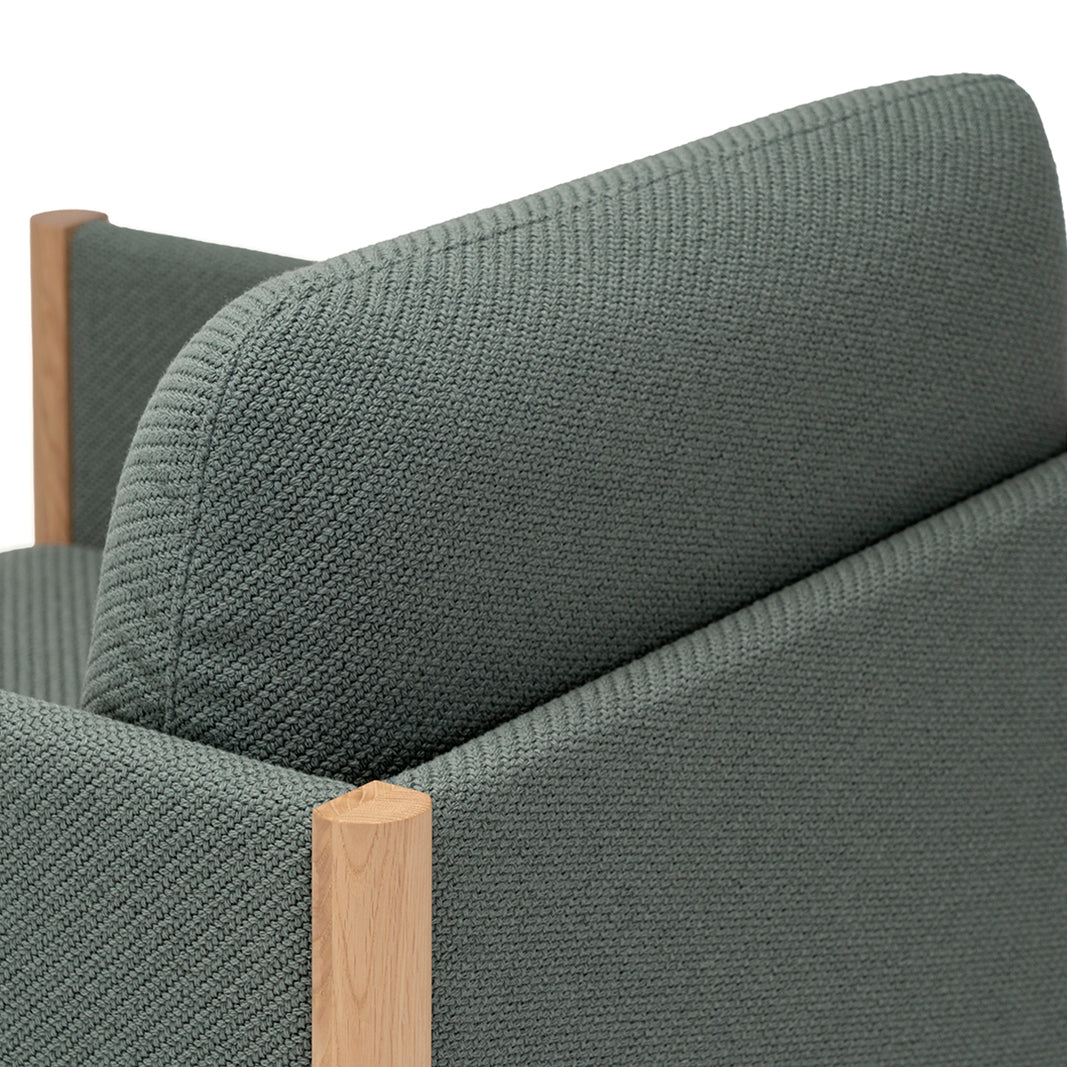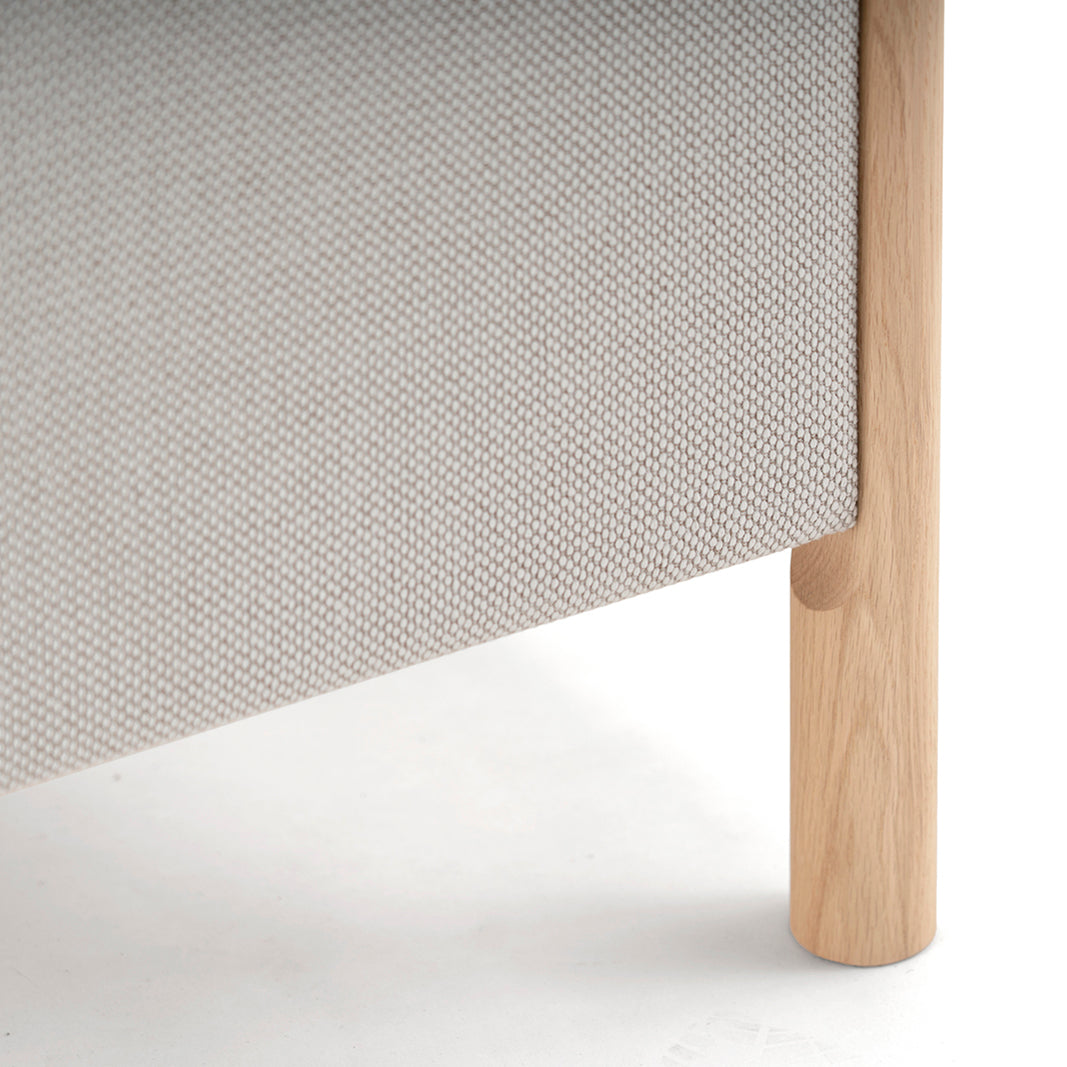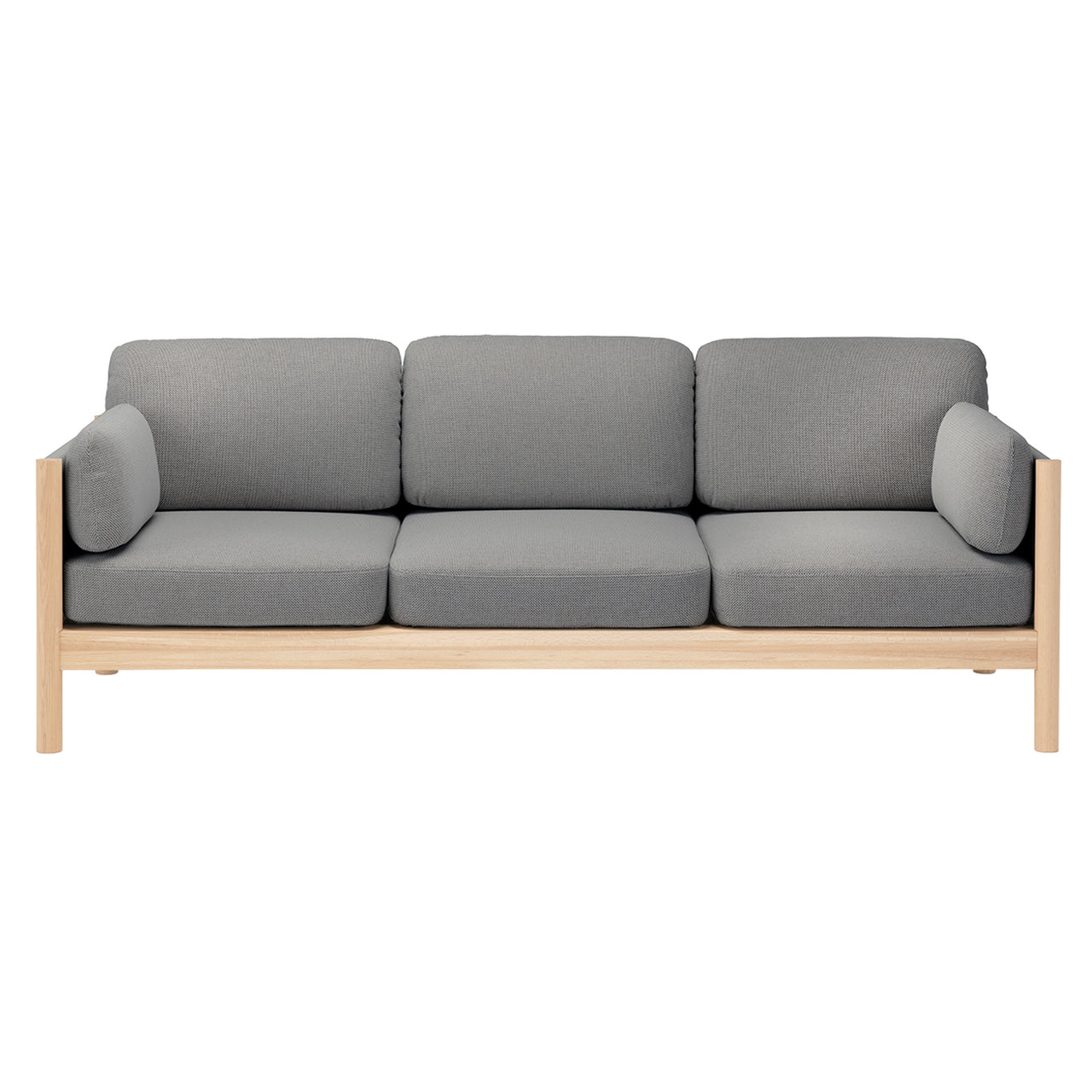
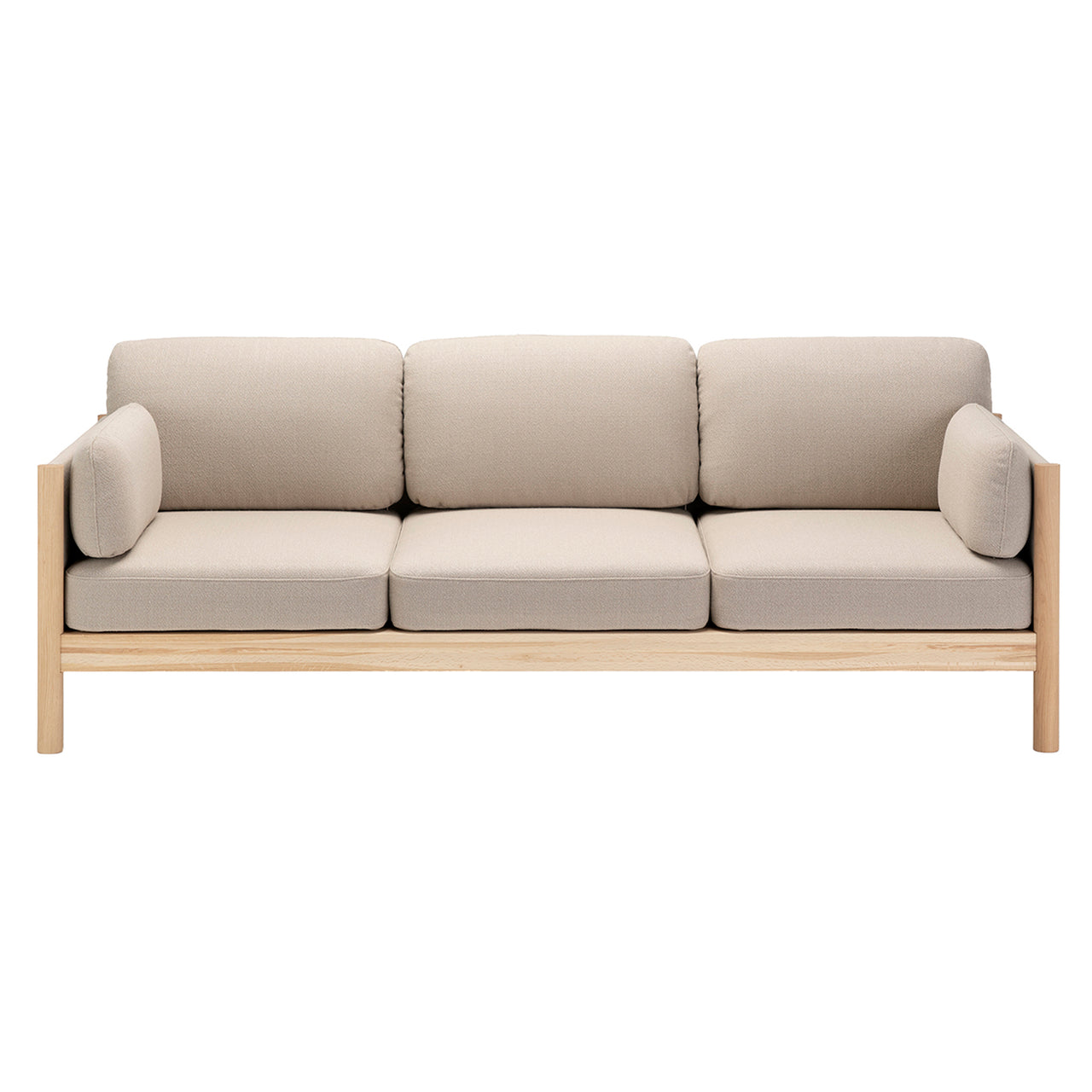
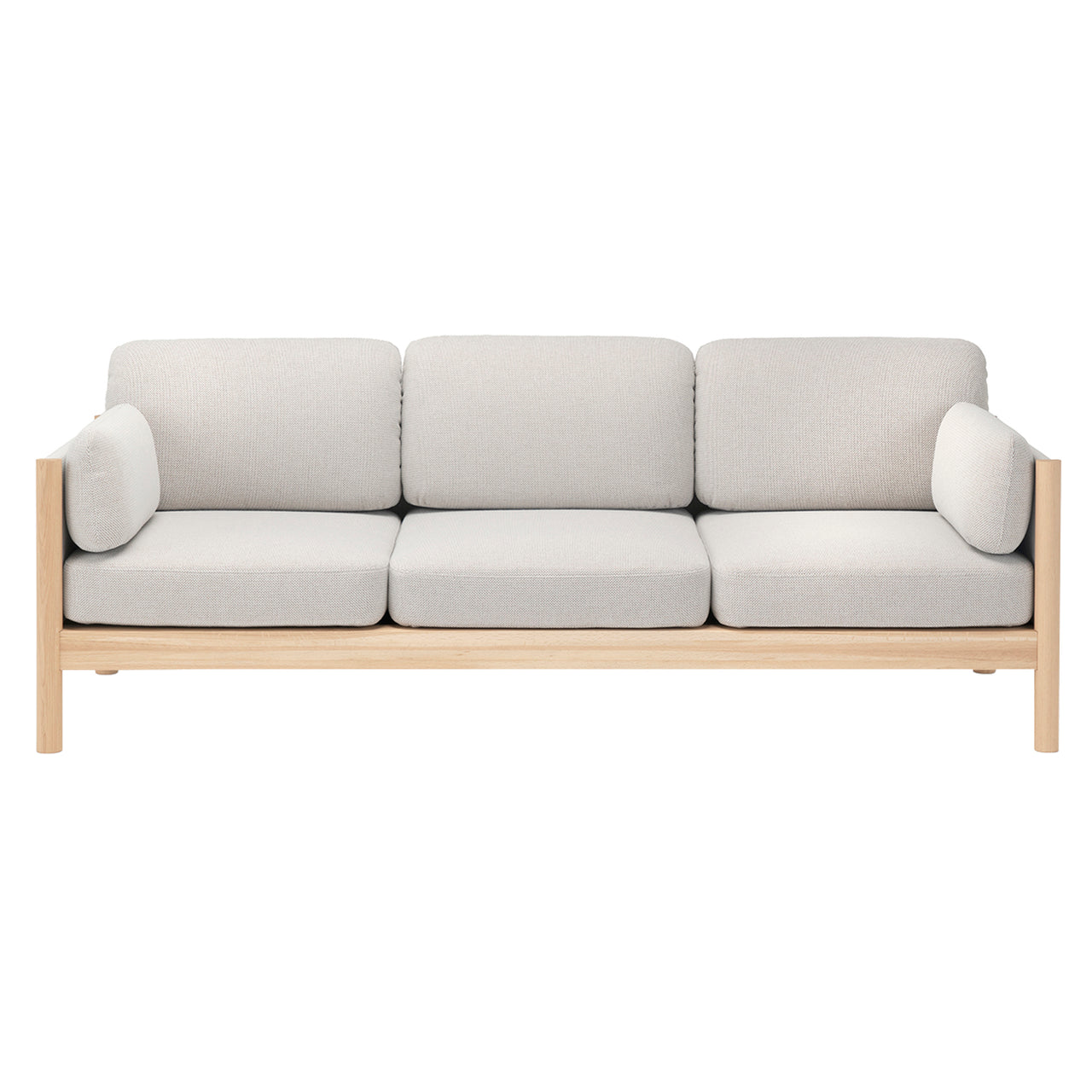
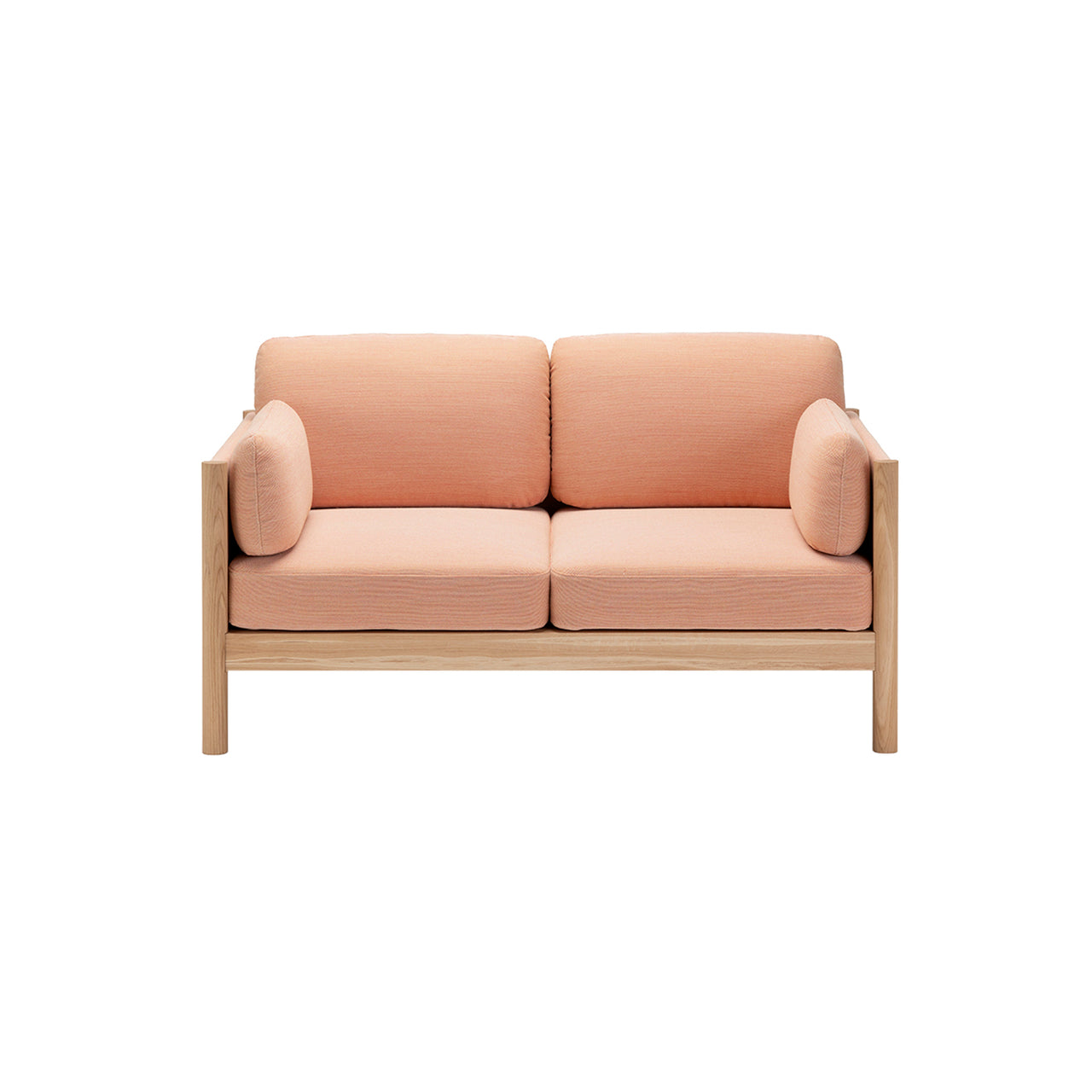
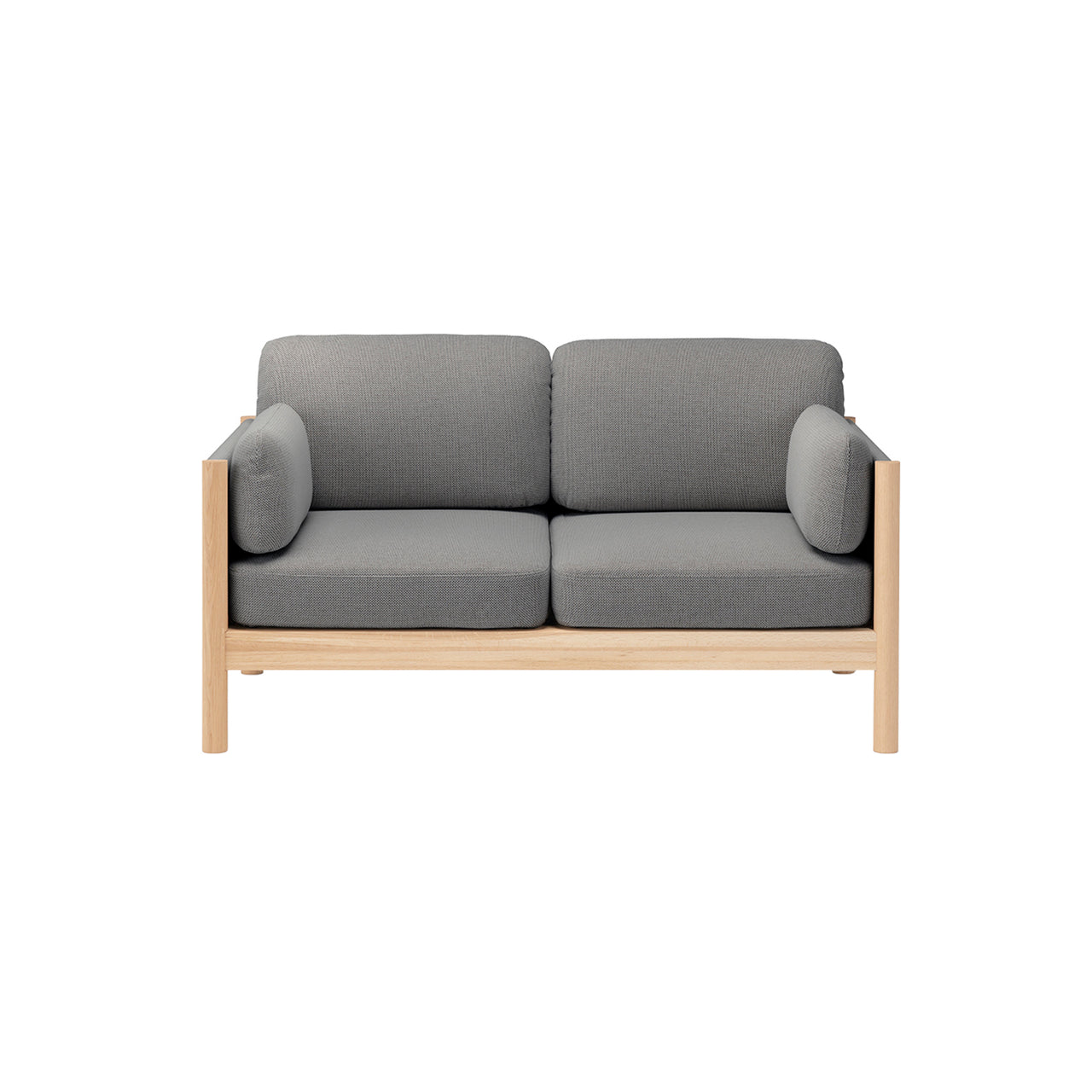
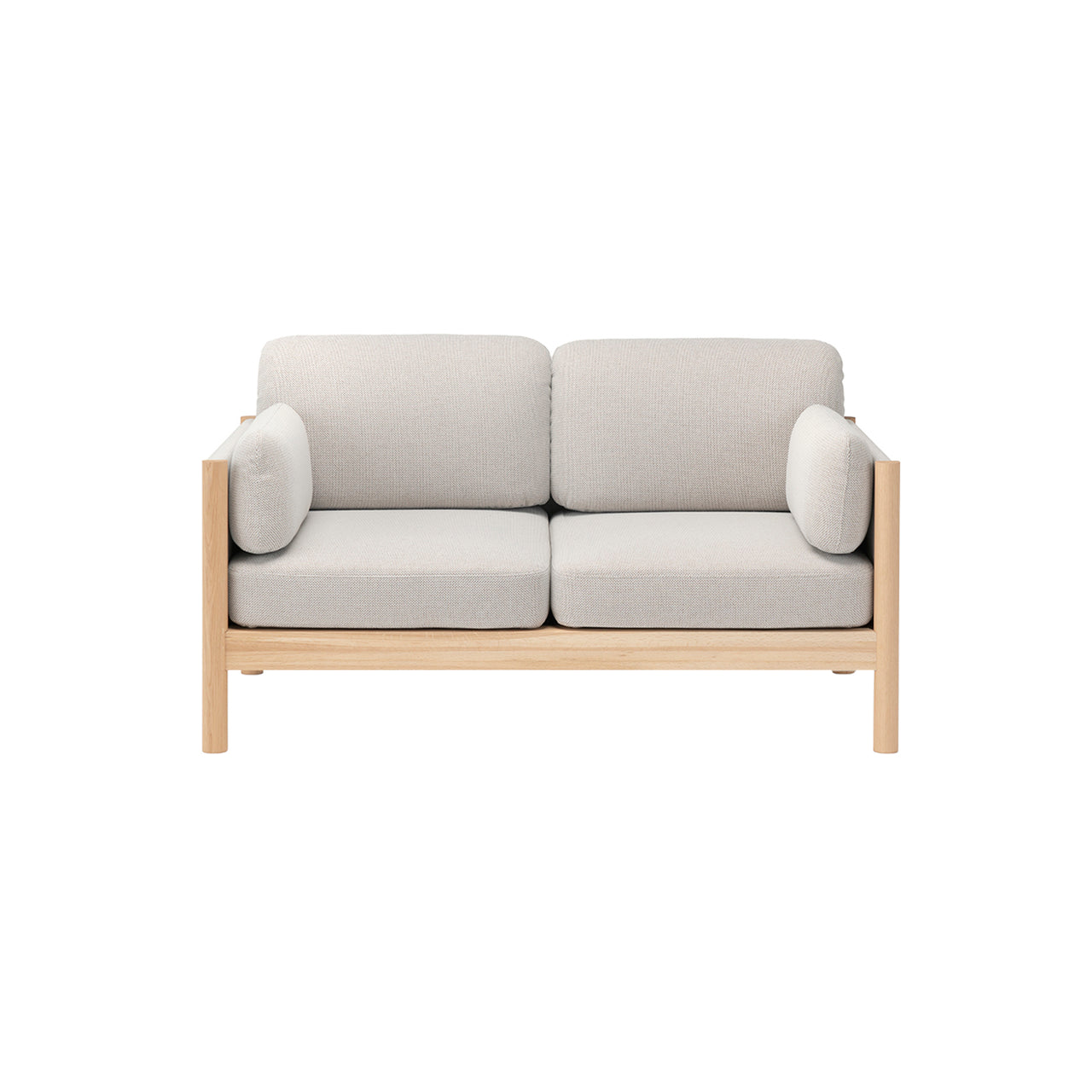
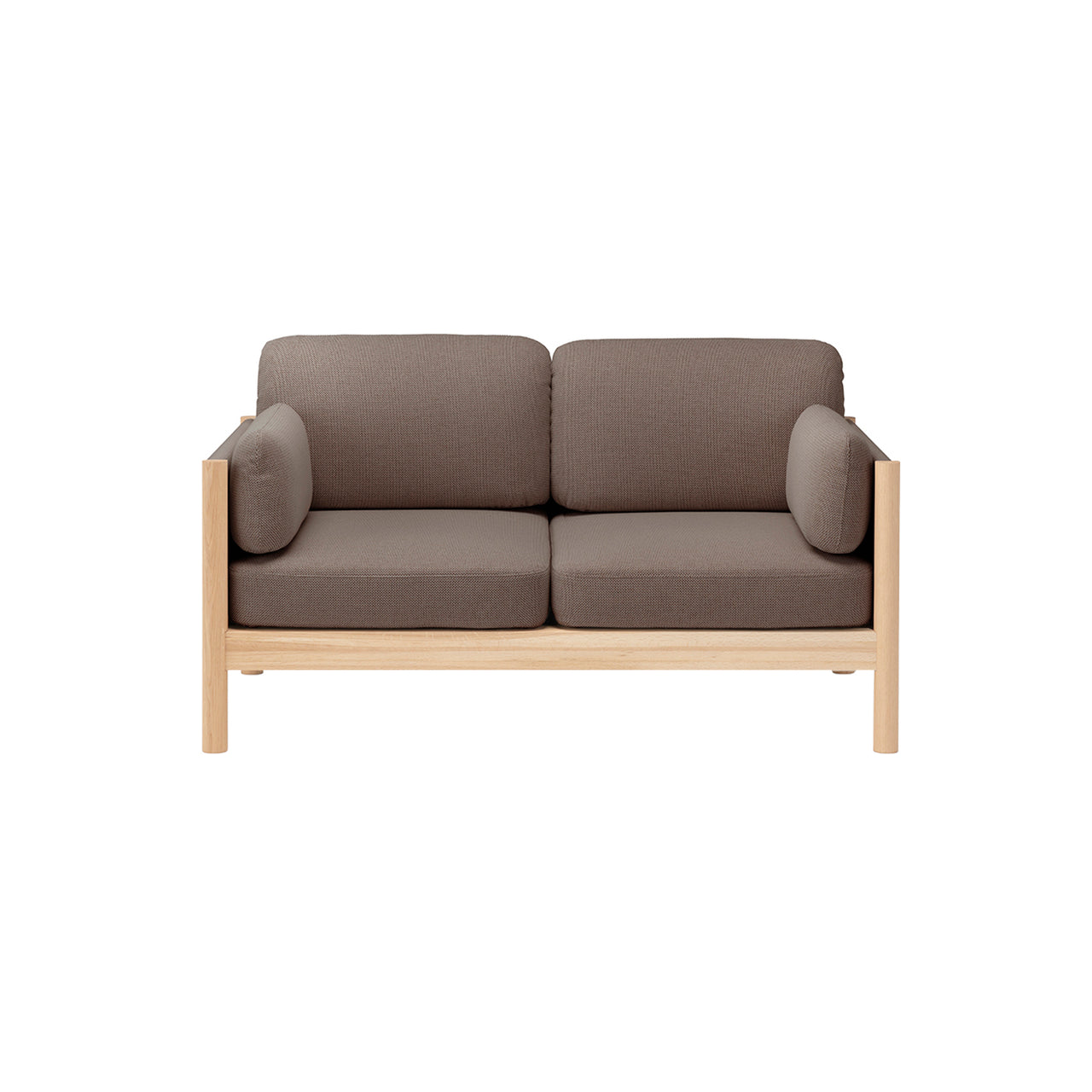
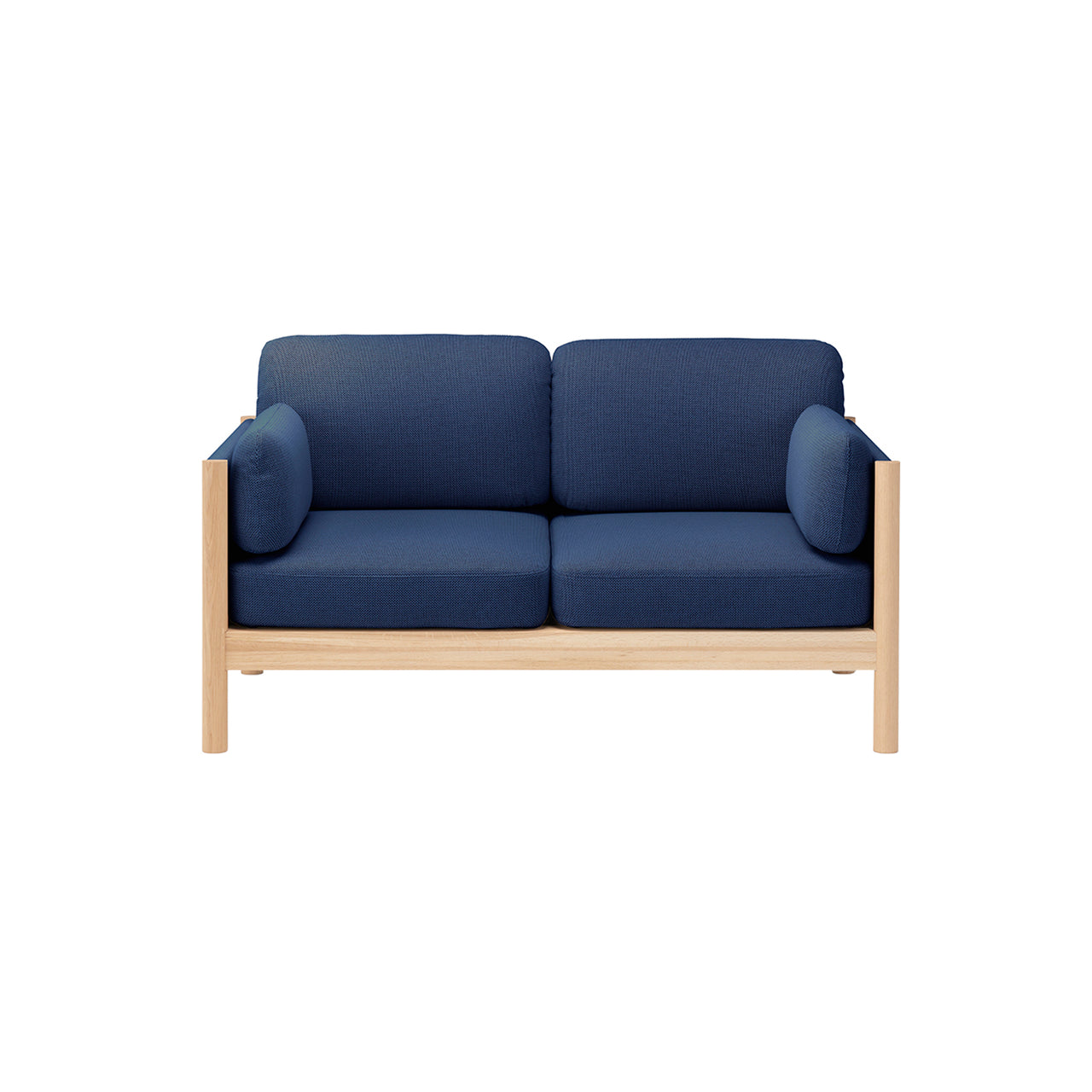
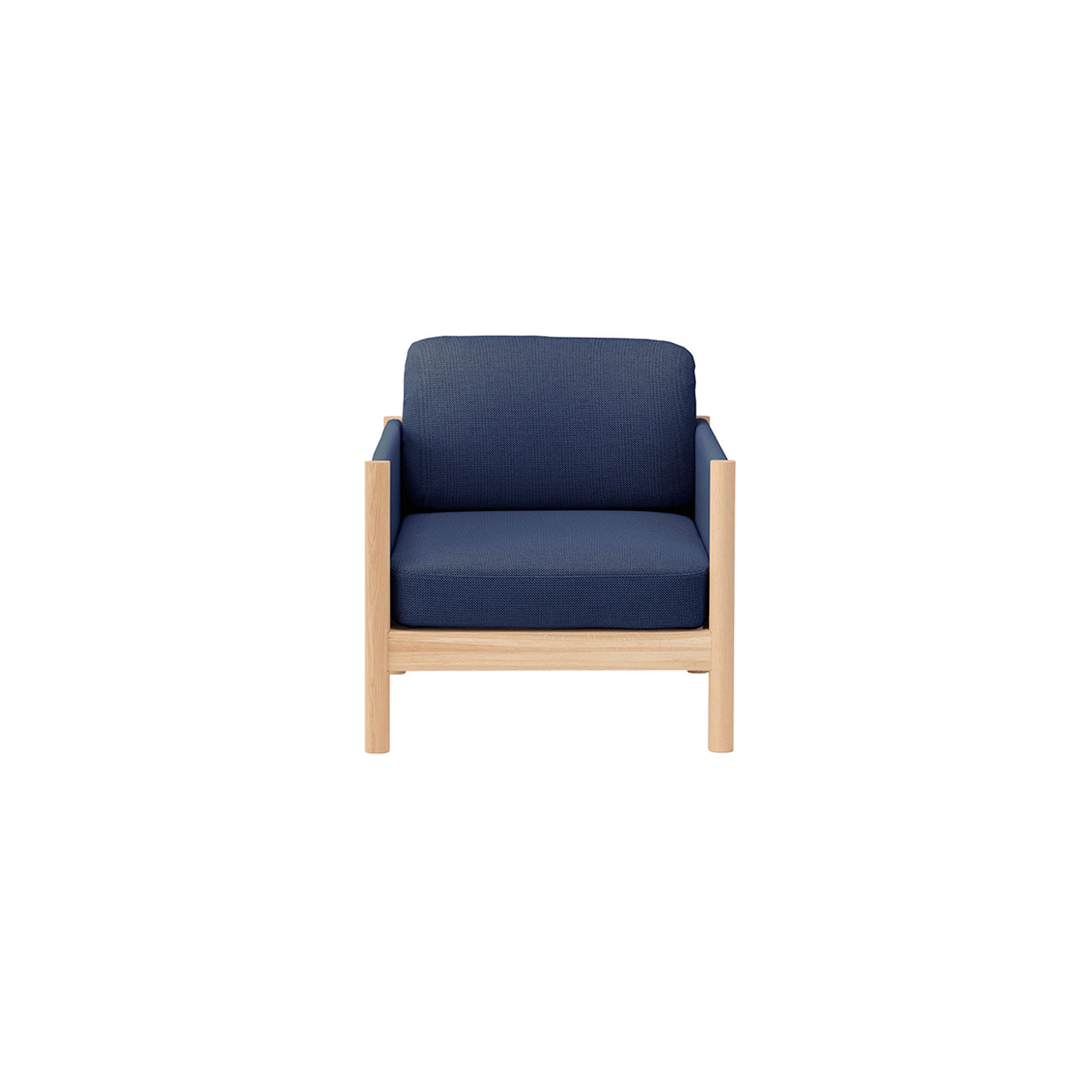
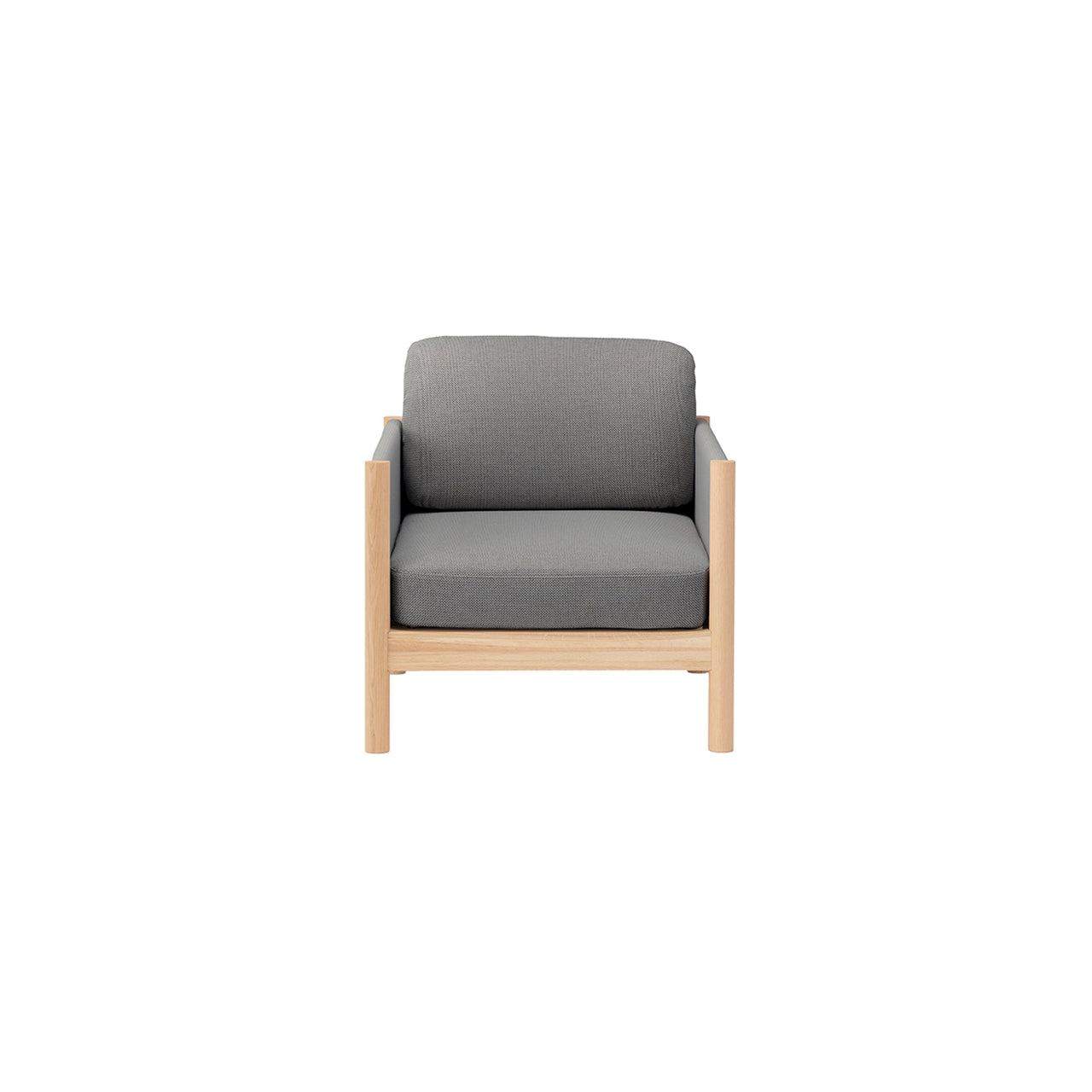
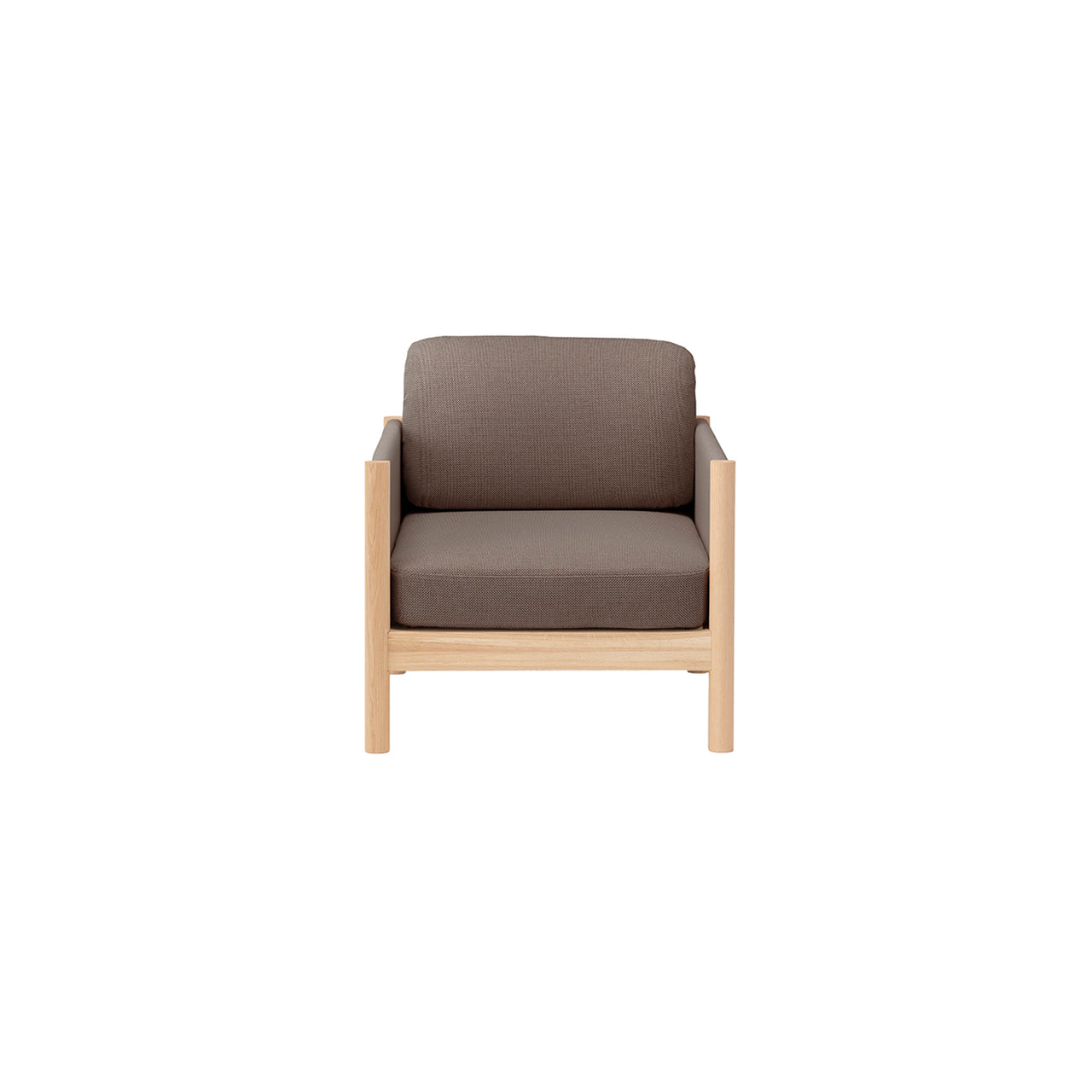
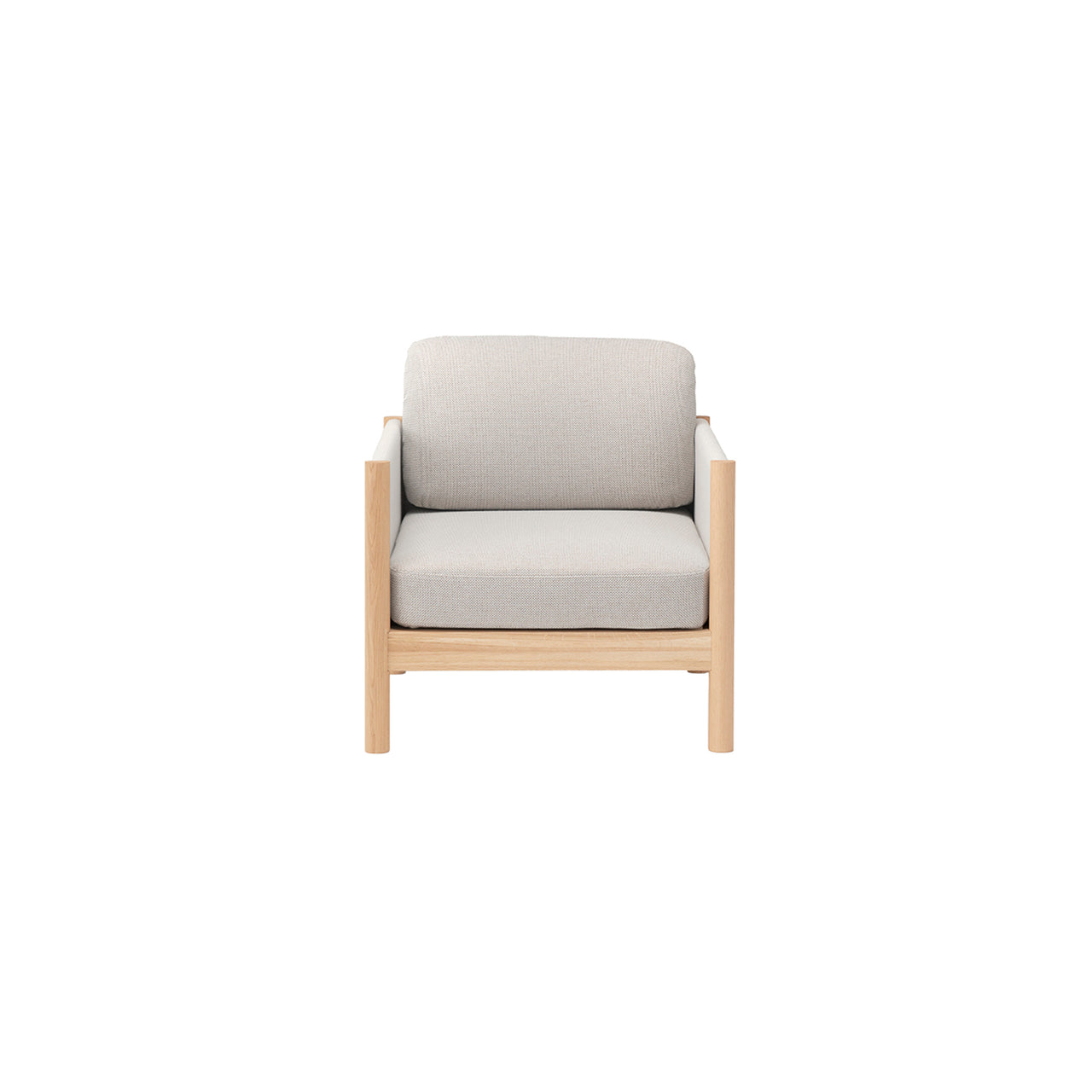
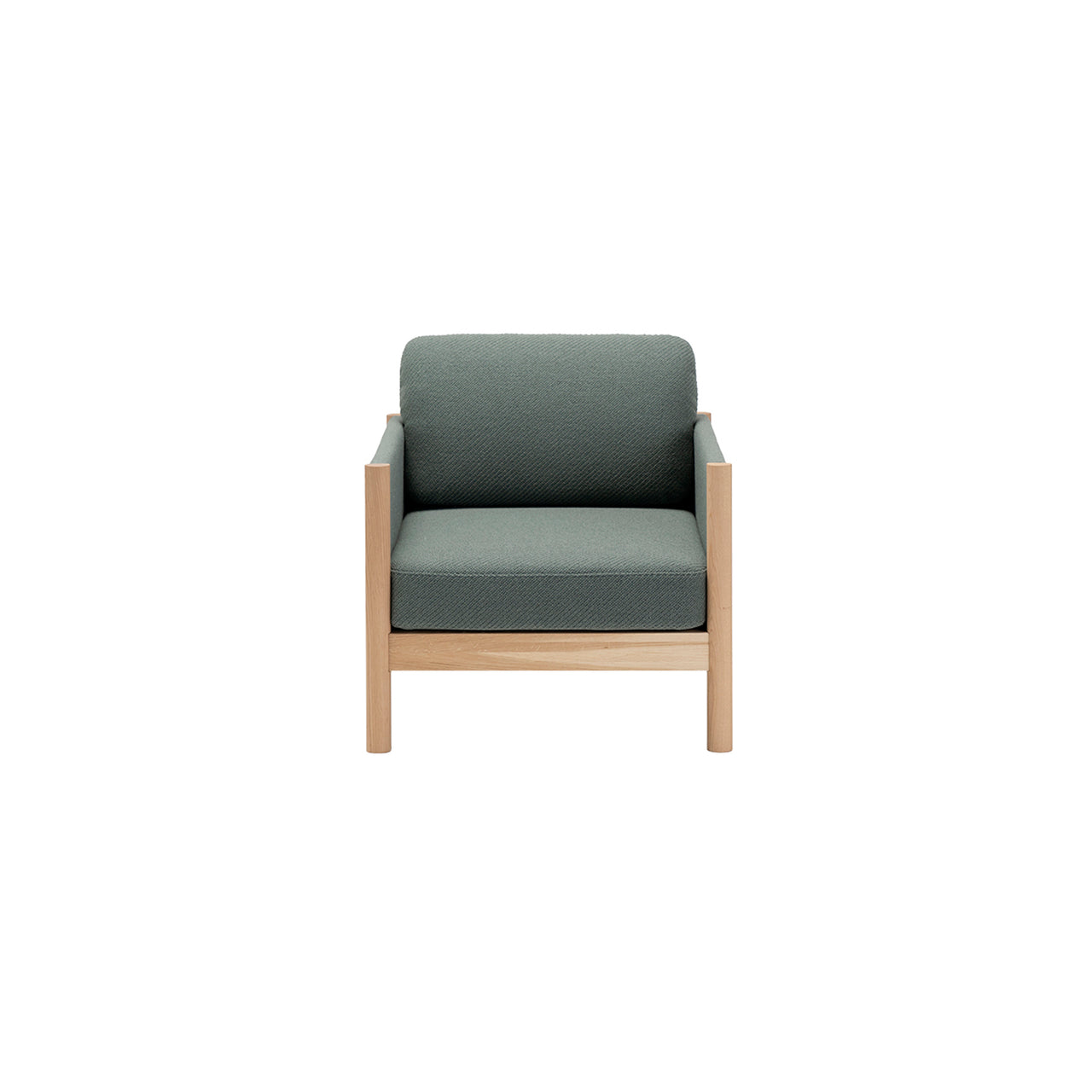
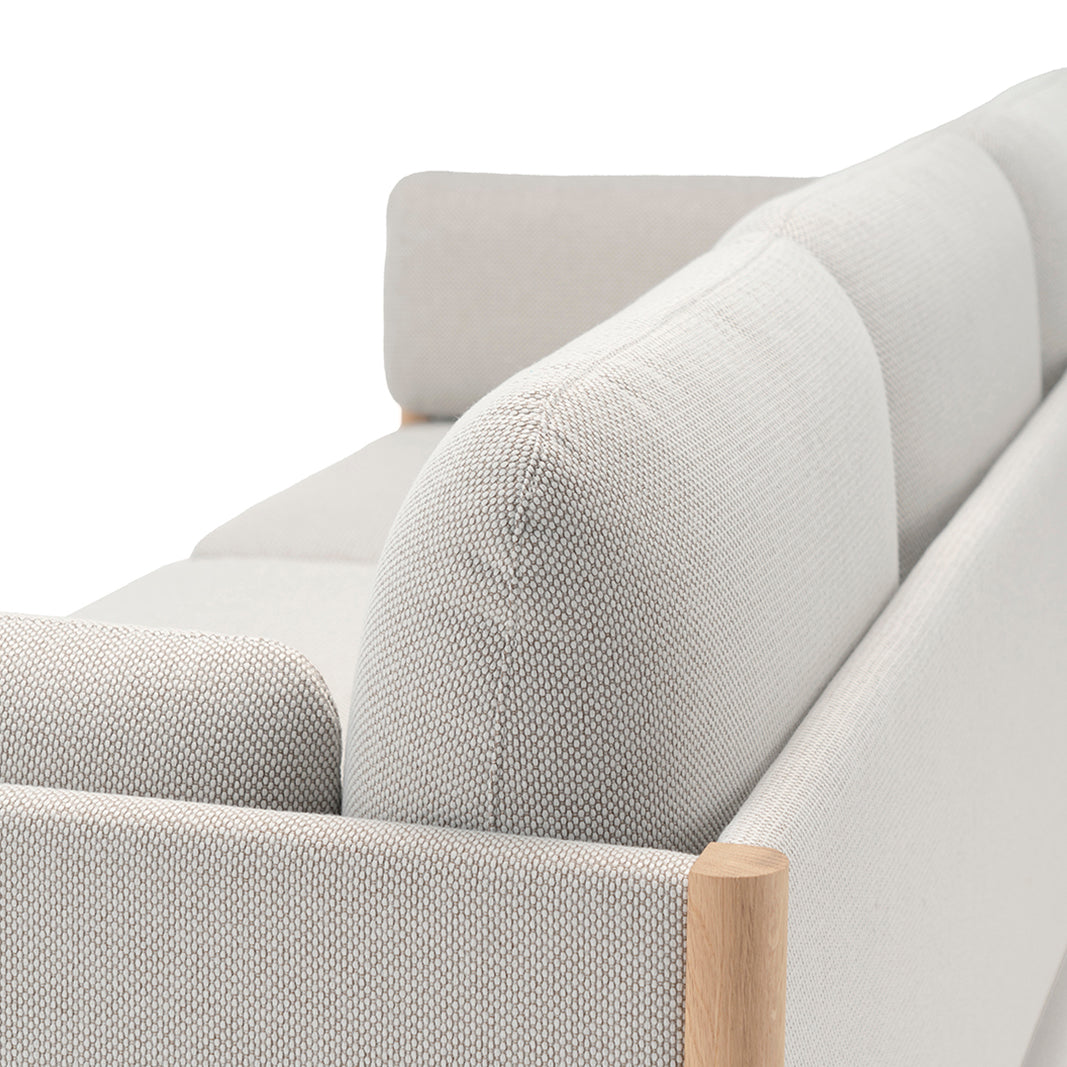
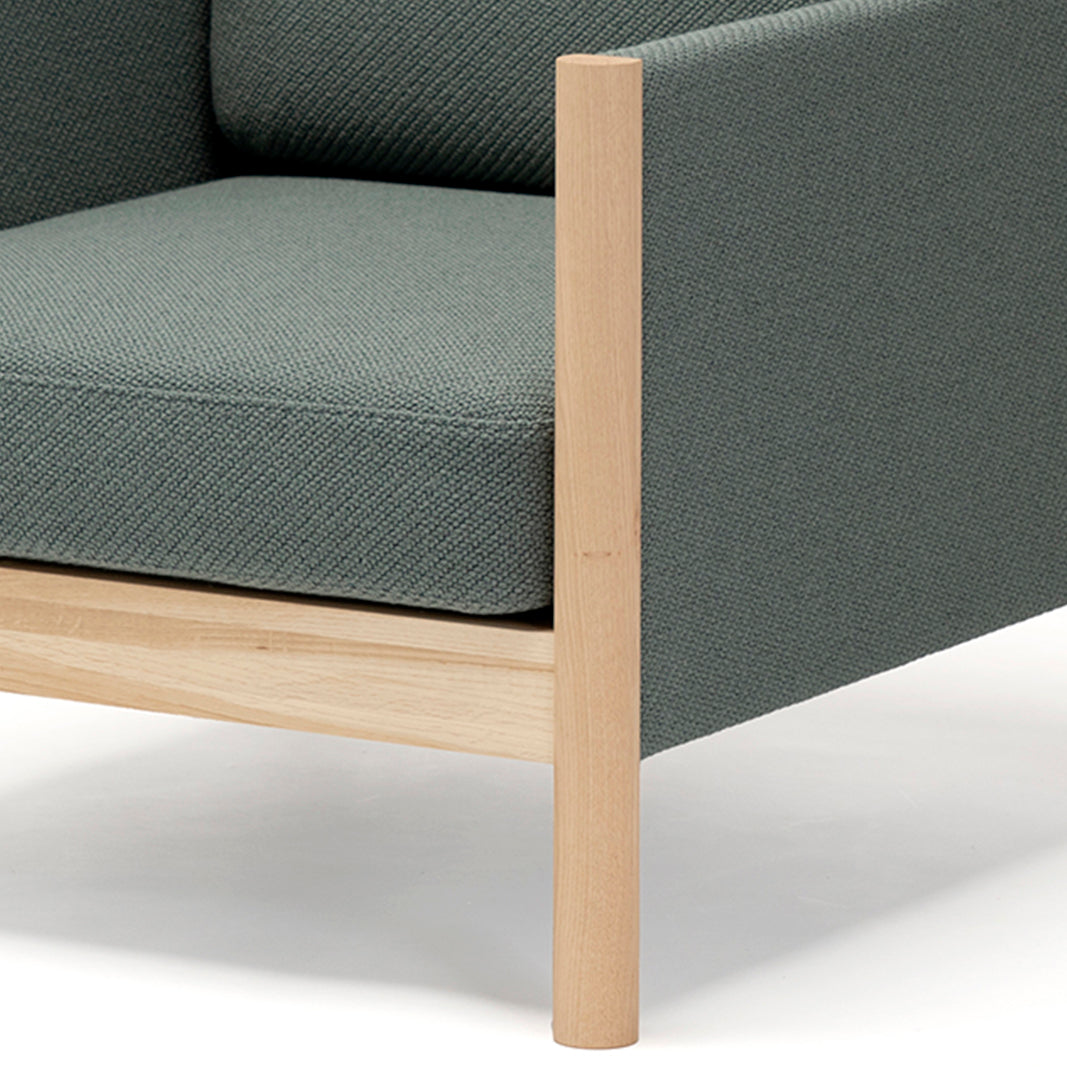
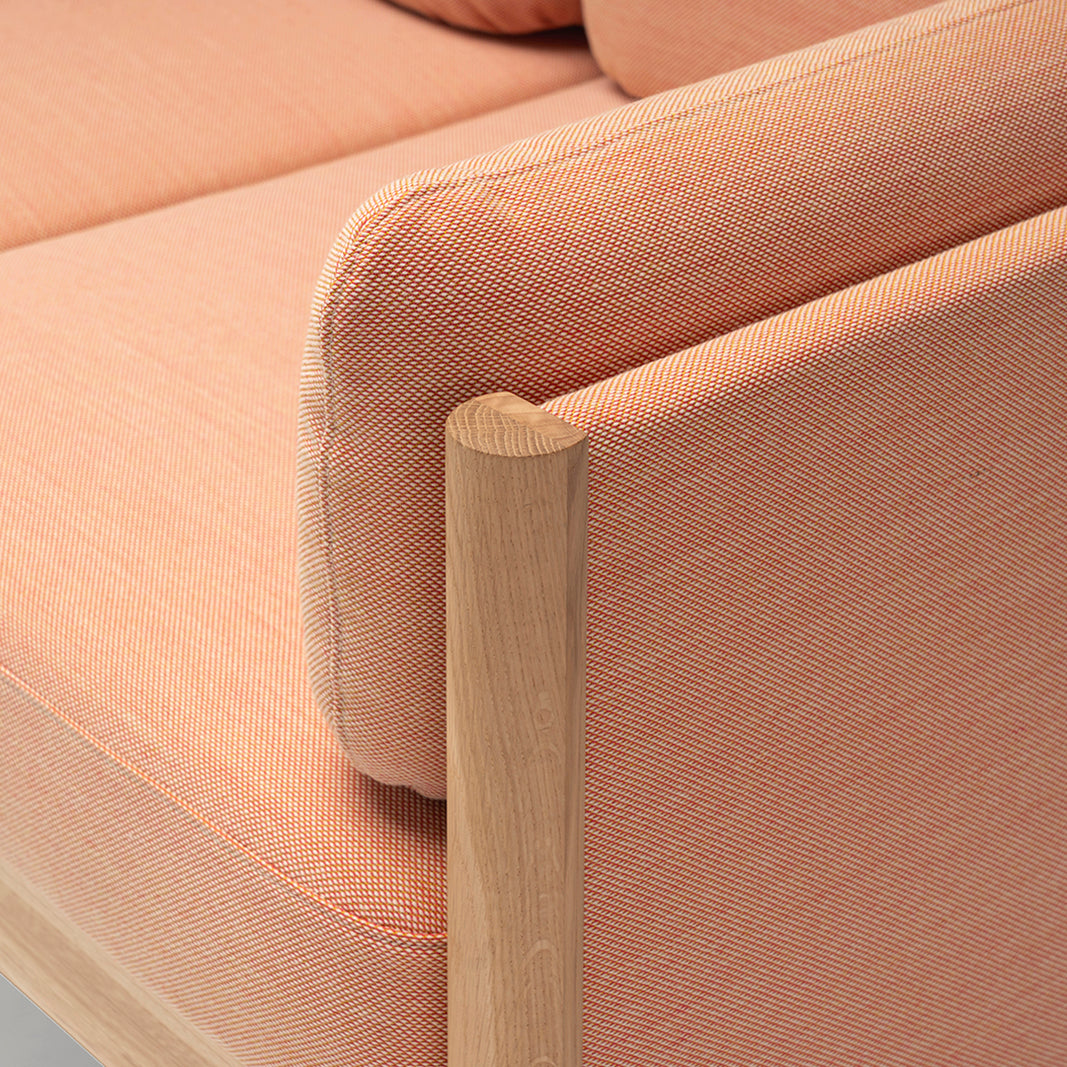
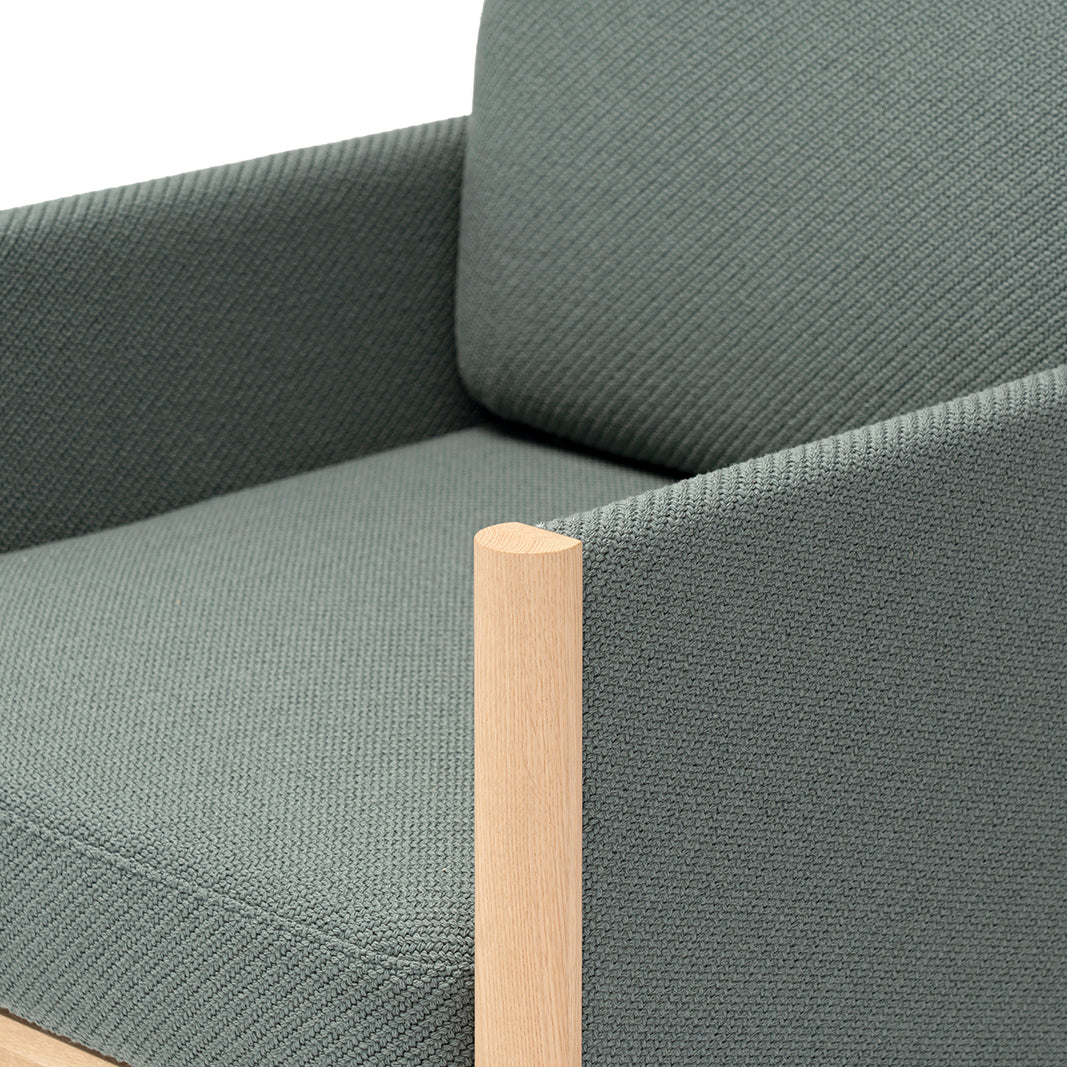
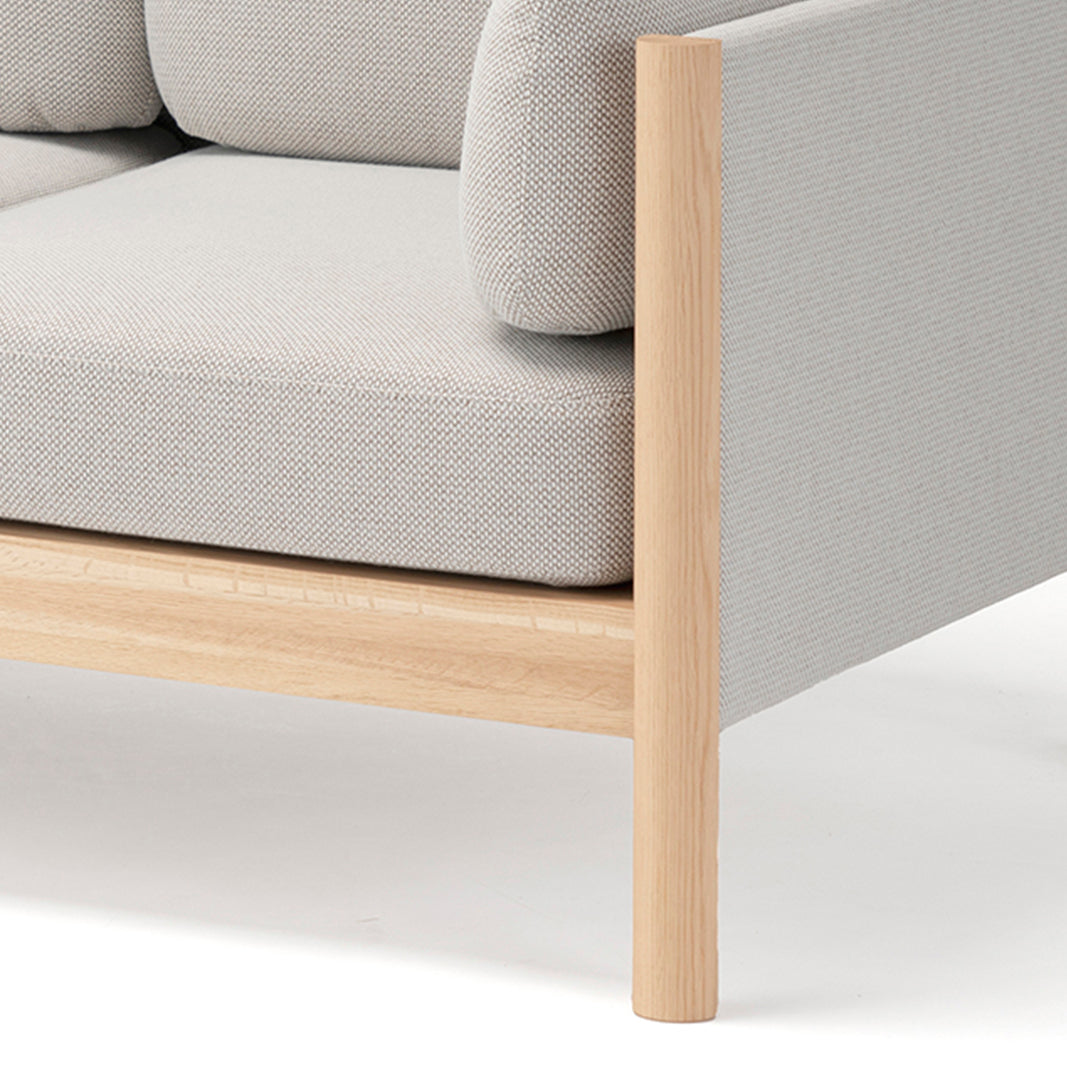
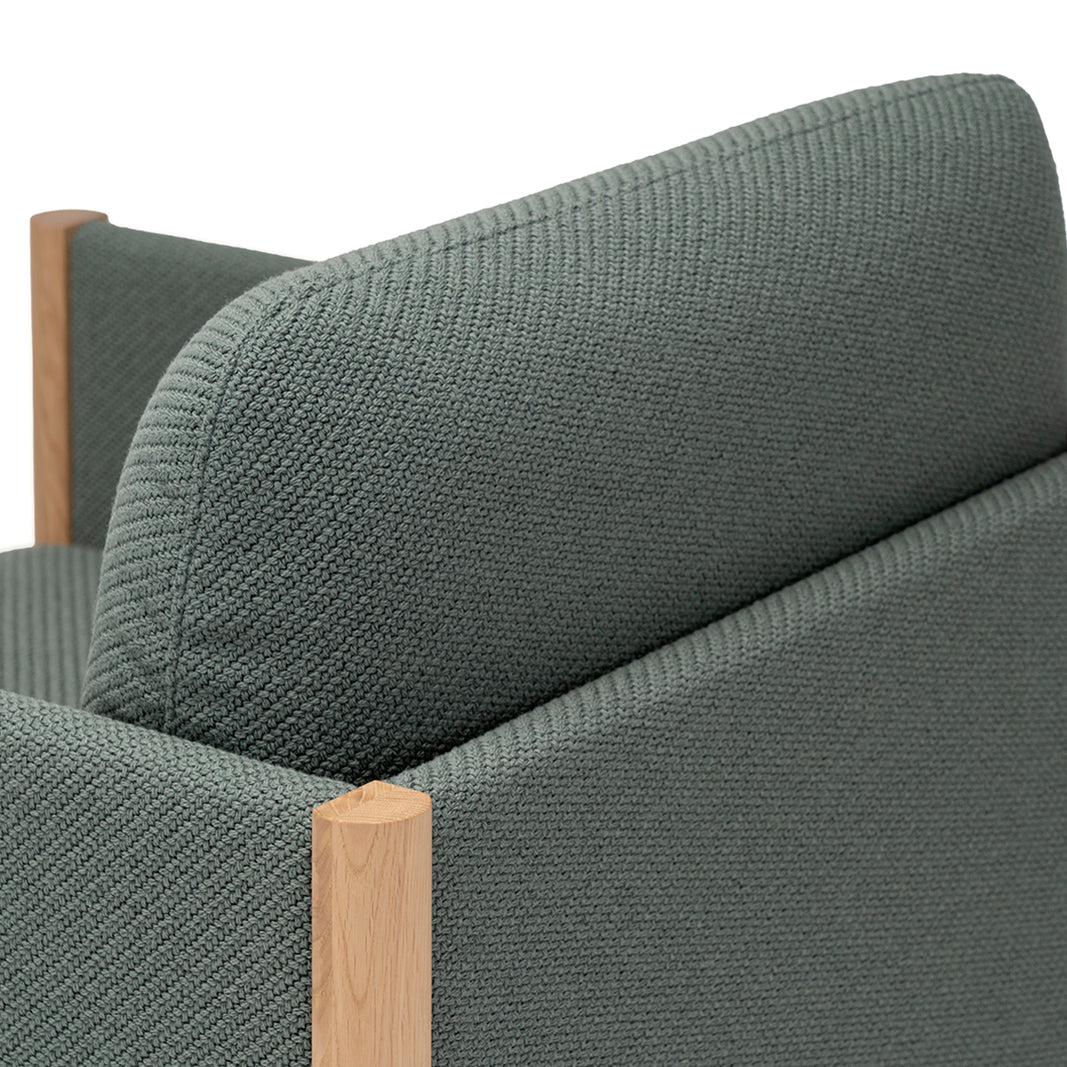
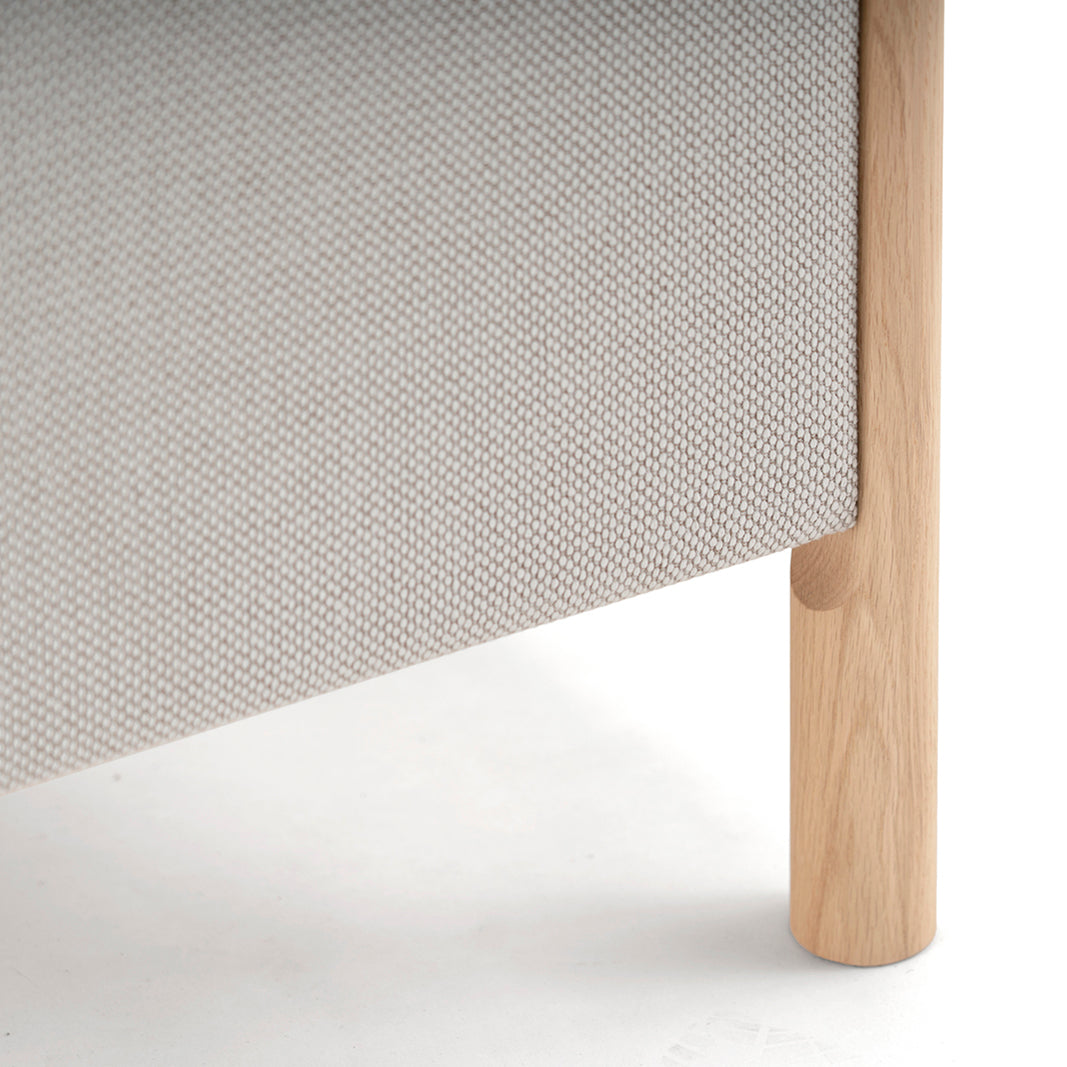
Karimoku New Standard × Big-Game
Castor Lobby Sofa Plus
$2,360
–
$6,750
$2,360
–
$6,750
$2,360
–
$6,750
$2,360
–
$6,750
$2,360
–
$6,750
$2,360
–
$6,750
$2,360
–
$6,750
$2,360
–
$6,750
$2,360
–
$6,750
Description
Design studio Big-Game's latest version of Castor features an increased seat depth, fully upholstered sides and back, and a softer seat. Marrying functionality with the highest level of comfort, it draws on Karimoku New Standard's vaunted woodworking wizardry, carefully crafted down to the last detail. The sofa's accompanying cushions are plumped with high-quality foam and natural feathers and come in a range of curated upholstery options. Offered in 1-, 2- and 3-seater versions.
Specifications
Size
- 1 Seater: 30.5"h x 28.5" w x 31.5" d (77.5x72.5x80cm)
- 2 Seater: 30.5"h x 54.1" w x 31.5" d (77.5x137.5x80cm)
- 3 Seater: 30.5"h x 79.7" w x 31.5" d (77.5x202.5x80cm)
- Seat height: 15.3" (39cm)
Material
Oak
Details
Upholstery
- Mode
- Merit
- Vidar 4
- Steelcut Trio 3
- Coda 2
- COM and COL are available on request
Brand
Karimoku New Standard
It has always been about the wood. Shohei Kato opened a small woodworking shop in 1940 from a longstanding timber firm he acquired in Kariya. The first letters of the town name combined with “moku,” as in “mokuzai” ( “wood”) provided the brand name. Furniture followed within 2 decades, along with several brands under the Karimoku umbrella. Then in 2009, with his grandson Hiroshi Kato as vice president, the Karimoku New Standard branch launched to develop works with international designers in the modern design arena.
The star roster includes Swedish studio TAF, the Swiss team Big-Game and Dutch duo Scholten & Baijings. Among them is David Glaettli, who also serves as KNS brand creative director and dubbed its credo as “high-tech and high-touch.” The highly skilled Japanese carpentry and hand-applied painting that are a part of the parent company heritage are integral to KNS. It also looks forward, revitalizing native forests by targeting undervalued, sustainably grown hardwoods. Advanced technologies have elevated the low-diameter chestnut, maple and oak trees, once turned into wood chips for paper pulp, into something of lasting beauty. The aim, notes Hiroshi, is “furniture that will be used and loved for more than 100 years.”
